Dragon’s Dogma 2, a.k.a. the best early 2000s open-world game you’ve ever played
By AtheistPreacher 12 Comments
I’ve more or less given up on trying to craft this “blog” into some kind of coherent whole that all hangs together and flows nicely, etc. Err… sorry? What can I say, writing is hard and time-consuming, and I think I’m just going to have to be content with blurting out a list of fairly disconnected thoughts about this game, some longer and some just quick hits. Hopefully you’ll find something interesting or surprising here nonetheless.
There will be major story spoilers in this blog, but don’t worry, I’ll put that stuff in spoiler tags.
Critic review scores
Currently this game is sitting at a Metacritic 85, which honestly is higher than I thought it would be.
But I'm not looking to talk about the actual scores here. I just wanted to meditate for a second on the fact that there’s been a discussion in recent years over the usefulness of having a review score at all, with some publications moving away from them entirely, arguing that they detract from the review by simply derailing the critical discussion into one about fetishizing raw numbers, a Metacritic dick-measuring contest. Others argue that review scores still have a place and still remain a useful shorthand metric, problematic as they can sometimes be.
However, regardless of how you feel about review scores in general, can we all agree that they’re more useful for some games than others? If the latest Assassin’s Creed game is sitting at a Metacritic [whatever], you probably have a pretty good idea of what that game is. But Dragon’s Dogma 2? Not so much. It’s a game that was always going to appeal to a very specific audience who appreciates its particular brand of nonsense, and be detested by most others, and so a bare review score—particularly an aggregate one—was always going to be pretty useless.
The review bombing and MTXs
As got brought up in the discussion thread, the microtransactions for this game and the review bombing it experienced were a bit of a story for a while there. Which is dumb for a couple of different reasons.
The first is that I really think this was all reported in a misleading, one-dimensional, and inaccurate way. The story from everyone was basically: “Capcom added these post-launch MTXs, and as a result users are all review bombing it!” It seemed like one game news site wrote it that way, and this just became the narrative, accepted as fact. And sure, there’s some truth to it, but it also seemed that a large part of the review bombing was a result of many players simply not understanding what this game was, getting something that they fundamentally didn’t expect.
E.g., I peaked into the threads on GameFAQs and Steam (*shudder*) long enough to see lots of people pontificating on how (paraphrasing) “This game should have learned from Skyrim’s fast travel!” Etc etc etc. In short, a lot of people showed no awareness that the first game did this exact same stuff, and that this was part of what people had liked about it, and also made no real effort to acclimate themselves to the game’s design rather than expect it to conform to the design sensibilities of every other open-world action RPG of the last decade. This is, of course, thoroughly unsurprising in retrospect. If memory serves, “metabombing” really wasn’t a thing back when the first game came out in 2012. But if that first game came out today, I’m sure the same thing would have happened to it.
Two quick points about the MTXs themselves.
First, they’re simply not that bad in the big scheme of things. I mean, yes, of course they’re gross. But c’mon, people. We lost this battle a long time ago. The horse armor had the last laugh. These types of MTXs are here to stay. The new most important criteria of what makes an MTX unacceptably detestable is whether the game itself was fundamentally designed from the ground up to support it. And DD2 pretty clearly was not. E.g., the first game’s fast travel was just as stingy as this one’s (probably more), very much by design. They didn’t make it this way to sell you Ferrystones or Portcrystals. I have a feeling that Itsuno and the rest of DD2’s designers were just as upset (or more) with the MTXs that Capcom’s goons added to it as its players were. Capcom does seem to love adding this crap.
Second, however, I will say that, for people who have no experience with that first game, the design of this one is so goddam contrary to the conventional wisdom for modern open world game design that I can’t really blame them too much for thinking that DD2 had been designed around these MTXs. It’s a lazy assumption that gets dispelled with just a few minutes’ research, but I suppose one can’t really expect the average gamer to actually research anything before self-righteously review-bombing the game on Metacritic. Right?
…right?
The relative lack of easy fast travel
There are a lot of things about DD2’s design that are backasswards in comparison to the vast majority of modern open-world games, but the centerpiece has got to be the fast travel. And the first thing I’ll say about it is that it honestly took me a while to get into the right headspace to appreciate that the design team really stuck to their guns on this one.
The phrase “it’s about the journey, not the destination” is one of the most groan-worthy, eye-rollingly insipid and clichéd lines in the English language, but it also very much applies here. It would be hard to overemphasize the degree to which DD2’s relative lack of easy fast travel is core to what its developers seem to have been trying to evoke.
We have been trained as players for more than ten years to be efficient, to consume all of a game’s unique, scripted content before moving on. Do all the main quests, do all the side-quests, collect all the thingies, get all the trophies… then move on to the next game. DD2 very pointedly wants to forcefully jar players out of this mentality, make them slow down and smell that delicious live-action steak. And it took me a while. I’m guessing I’d been playing the game for fifteen or twenty hours before my lizard brain just accepted that I didn’t actually need to complete all those quests right now, that ultimately, ticking the checkboxes in my quest log wasn’t actually that important in the scheme of things. And indeed, from reading some of the coverage from critics, I saw more than one saying something to the effect of “Normally I’m OCD about doing everything perfectly in these type of games, but for this one I’m just sort of letting go.” Yeah. That’s definitely what they were going for.
Hell, one of the pawn lines throws a major wink in this direction. If you’re on a quest but approaching the location of a different quest’s objective, one of your pawns will point it out, in the event that you want to check it off your list while you happen to be close by. But usually, another of your pawns will say this in response: “Efficiency isn’t the only consideration!” Yeah, that’s pretty much this game’s motto.
It should also be acknowledged that fast travel just isn’t as restrictive as it first appears to be. For one, oxcarts travel between four of the game’s major locations, and these will get you within a few minutes’ travel to pretty much any location in the game (particularly if you’re willing to just run past a lot of enemies, which is a perfectly viable thing to do most of the time, especially when you’ve leveled up a bit). All they cost is truly tiny amount of gold that you’ll get back from enemies in about two seconds. And yes, the carts can be raided and destroyed, leaving you stranded somewhere along their route, but generally this isn’t actually all that bad (though I’ll have a bit more to say about the oxcarts later).
As for Ferrystones, I’ll say this. I ended up playing through this game twice, up to the point in NG+ just before the endgame events kick off, and I now have over 90 Ferrystones in my inventory. I’m pretty sure they cap at 99, like most other items, so if I get any more I won’t even have a place to store them. The point is that the game is more generous in handing this things out than some people fear it is. I’m definitely one of those people who will play through an entire JRPG and never use a consumable because what will I do if I REALLY need it?, but there was really no need to conserve the things as much as I did.
Finally, one last thought on this topic. This may seem very obvious, but is worth saying explicitly: game worlds seem a lot larger and go a lot father when you cannot simply warp from one end to the other at the drop of a hat. The world of the original DD1, for instance, was distinctly smaller than Skyrim’s, but it sure did feel larger. I’ve actually been meaning for some time to write a blog on the various ways, or “tricks” if you want, that game designers can pull to make their virtual worlds feel larger, because there are a number of interesting ones I can think of.
But that’s for another time.
Curatives, item burden, and functional immortality
I was not a fan of item burden in the first game. I mean, item burden pretty much always sucks because it usually serves no useful purpose. It felt particularly annoying in DD1 because you actually had to spend time shifting items around between four different characters’ inventories to try to balance it all out. It did serve at least one purpose in that first game, though: without item burden, you could theoretically carry an infinite number of healing items, and since these could be instantly used in your inventory, with no requisite animation (you could literally be flying through the air from an ogre hit and instantly quaff a dozen healing potions), a bottomless inventory would mean that you were functionally immortal. This all seemed deeply weird to me at the time, and I remembering hoping that in a prospective sequel they would fundamentally redesign all this. E.g., go for an Estus Flask-like system with recharging, limited uses that also require an actual animation to consume.
DD2 changed… nothing at all about any of this. Huh.
In fact, they made it even more ridiculous in a way that I’m not sure a lot of people realize. Did you know that in DD2 you can use a healing item from your inventory after your HP has hit zero to avoid death? Yep, that is a thing you can do in this game. You can be dead and still instantly heal yourself from a menu, as there tends to be a generous window of a few seconds before the game prompts you to use a wakestone to revive yourself from death. As long as you heal yourself for at least 1 HP before then, a wakestone is actually totally unnecessary.
Is this an intentional design choice? I really, honestly can’t tell. It sure does seem to undercut the use case for wakestones as a valuable commodity. But this insanity is also sort of the natural extension of the weird system of consumable healing items from the first game. And I also feel like I can hear the faint sound of Itsuno cackling in the background, amused at how few players are probably ever going to realize that this is even a thing. Maybe it’ll get patched! We’ll see!
Suffice it to say, I still think this design for item burden and curatives is pretty goofy. But one measure of its success in the larger design might be an answer to the question: “If you could mod out item burden, would you?” Now, I played it on PS5, so I can’t mod it out… but even if I could, I wouldn’t. This is another aspect that is so core to the design—preparing your packs before heading out to adventure, and managing the loot you collect—that modding it out would feel like sucking out a lot of the game’s personality. (Though, man, the item management UI could really use some work.)
I’ll also say this in conclusion to the fast travel and item burden discussion. I was second-screening Jeff Gerstmann playing this game for over three hours, and somewhere in there (I am too lazy to scrub through three hours of video to find the right time code, do tell me if you know it so I can edit the post!) he said something to the effect of: “This game sure has a lot of bullshit in it. But maybe that’s actually what games like this need: more bullshit.” Which gets into a deeper discussion about whether games should primarily aim to be “fun,” or rather something more anomalous and less easily defined, like “fulfilling” or “satisfying.” But I think we all know what he means. And at least in this case, I agree. DD2 does, indeed, have a lot of bullshit in it. And the bullshit is the source of both its greatest strengths and its greatest weaknesses. It’s what makes it so intriguing in the first place.
About the story, and why I think the first game’s ending was better
First, let’s get one thing out of the way: I think that the stories of DD1 and DD2 mostly suck. In the case of DD1 in particular, it had a compelling opening—what with the big dragon ripping your beating heart out while you somehow mysteriously remained alive—and a very compelling ending… but almost everything else in the middle mostly just felt like subpar filler. My take on DD2 is that it’s somewhat flattened the curve: all the middle filler is probably a little better than what DD1 dished out, but the opening and ending just aren’t as compelling.
Second, I remain firmly undecided about the desirability of “ye olde medieval speake” in both of these games. Boy, it sure is a choice to have every character say “aught” every two seconds. And I just haven’t been able to come down firmly on the side of it being charming and immersive versus ridiculous and distracting. I suppose it’s both. It sure does seem polarizing. I’ve seen some people praising the acting/vocal performances, and others saying they’re some of the worst they’ve seen in a long time, and I suspect a lot of that comes down to the style of speech. It is what it is.
Anyway, I’ve heard multiple people saying something to the effect that DD2 seems more like a re-do of the first game than a true sequel. Which, eh. Yes and no.
Part of the overarching story of both games is that all this stuff is cyclical, so it makes perfect sense that the sequel would still be stuck in the same never-ending cycle of misery. In that sense I don’t think they could have made a sequel to the first game and not ended up with something very like this, without fundamentally losing its identity.
That said, after playing through the entirety of the game’s story and ending(s), they certainly did not only preserve a lot of the same beats to the game’s narrative, but also try to re-manufacture the biggest aspect, the part that made the first game’s ending so mind-blowing: the player’s organic realization of a decidedly shocking and unintuitive action.
The rest of this will have to be in spoiler tags. Be aware that I’m also very much spoiling the first game. Can’t have this discussion without doing so.
The whole dragonsplague thing
I’m going to put this in spoiler tags as well, though I feel like this has been pretty widely spoiled/discussed in the media and social media already. But just in case!
Quick(er) hits
Pawn chatter
I mostly didn’t mind the incessant pawn chatter, but seriously, Capcom, you needed to record more random ambient dialogue. Yes, I get that I played the game for north of a hundred hours and of course there was going to end up being a lot of repetition in said dialogue. But it didn’t take nearly that many hours before I’d already heard the same lines many, many times. They simply did not record enough lines, period.
That one Sphinx riddle
I suppose I could spoiler tag this, but really, this feels like a public service announcement/warning for prospective players anyway? Skip to the next section if you're super sensitive about such things.
At one point you meet a Sphinx who poses you a number of riddles, and one of them is particularly diabolical. There are 240 “Seeker’s Tokens” hidden in the game world, which are just like every other open world game collectible. Well, one of the Sphinx’s riddles is to remember the first one of these things you picked up and return to the spot, where she’s placed a “Finder’s Token” that you need to return to her, on a time limit.
The funny (and horrifying) thing about this is that most people won’t be able to remember this; you meet the Sphinx late enough in the game that you’ve likely collected dozens of these things and played the game for at least tens of hours. Moreover, if you don’t get it, it locks you out of an achievement/trophy, for failing to solve all the Sphinx’s riddles. You can imagine the anguish of people on Reddit and GameFAQs, etc, who just couldn’t for the life of them find this thing, because these things are so well-hidden that there really isn’t a “usual” first one picked up among players. You just have to remember for yourself, and hence there’s no way to simply look up a solution.
In my case, even though I really wasn’t sure where my first one had been (I’d picked up about fifty at that point), I ended up finding that Finder’s Token in the very first place I looked. Maybe my memory is better than I thought it was? In any case, if you’re planning to play this game: you might want to write down where you pick up your first Seeker’s Token. Just saying.
Fabrication weirdness
You know, I had completely forgotten that the first game had that whole item-copying (forgery) system, but it makes a return in this game, and boy is it funny and weird at times, especially in the ways it lets you kind of break the game a little.
There are at least three quests I can think of that require you to make fake copies of stuff to complete fully. In a couple of cases, you need to create copies in order to give stuff to different NPCs who want the same object(s). In another, giving an NPC the “real” thing actually leads to badness. Those are the clearly intended uses of the Fabricator.
But there are other, less obvious uses.
E.g., at one point you are loaned a “Gaol key” for quest purposes, and at the end of the quest the NPC wants it back. The thing is, this is a valuable item because it’s literally an infinite-use get-out-of-gaol-free card where normally (if you break the law and get arrested) you either have to bribe a guard or use an expensive one-time use “Makeshift Gaol Key.” But instead you can just copy the key before returning it to said NPC, and never have to worry about getting thrown in prison again.
(Side note: Before playing this game I had always pronounced the word “gaol” in my head with a hard “g.” In my defense, it’s not a word I’d encountered all that often before. But it took playing this game for me to realize that it’s just an alternate, old-timey spelling for “jail,” and is pronounced the same way. Oh. Derp. Minor “Phoenix Down” moment, I guess?)
Also, you know that “Finder’s Token” I just mentioned for the Sphinx riddle? Well, you can copy that, too, before giving it to her. I presume that you’ll then be able to hand one of these copies to her on a NG+ cycle rather than actually have to go out and find the thing again.
Finally, I find it intensely amusing that this guy can apparently fabricate raw materials. That is, there are all sorts of mats you pick up from monsters throughout the game that are needed to upgrade your weapons and armor. But how the heck is this dude copying that stuff? Is he a fucking alchemist? Can he turn lead into gold? And wouldn’t it be great if, after upgrading a weapon fabricated materials, your weapon breaks, and the smith who did the upgrade said something like, “Mayhap was that not a REAL dwarven steel thou gave me, Arisen? No wonder thine weapon shattered, for the materials were shite!”
NG+ loot… and fakes
Speaking of forgeries, I was very surprised to discover upon entering NG+ that not only were some (but not all) chests that I’d opened in NG now empty (I haven’t been able to discern a pattern as to which remain empty and which refill), but in some cases the rewards I got were actually fake copies of the kind you could get from the Fabricator guy. E.g., one of the rewards for a Sphinx Riddle was a Portcrystal, but upon answering the riddle on NG+, she instead gave me a fake one that doesn’t actually work. Seriously? Truly these devs have an odd sense of humor. Same thing also happened with a Golden Beetle reward.
The final Seeker’s Token reward seems like a weird joke
And speaking of weird humor, the final Seeker’s Token reward, given for finding 220 out of the 240, is a ring that increases your Discipline gain, which is a currency used to unlock vocations and abilities. The thing about this is that by the time you find 220 of these things, you will almost certainly have more than enough Discipline to max everything anyway, which makes it a distinctly strange thing to give as a final reward. The only sensible thing to do with it, really, is to gift it to a low-level player who could actually get some benefit out of it. Which, man. What a weird and wild design decision that is. Which of course is very in keeping with the weirdness of this game in general.
One more thing about Seeker’s Tokens
By default, I think these things are one of the more annoying hidden collectibles to find in open-world games like this. There’s a ton, and the world is huge, and they’re just plain small and hard to see.
However, there’s a passive augment you can get that makes it so these things not only start flashing, but emit a sound that gets louder and more frequent as you get nearer. Dare I say it, after I had unlocked this ability, I actually found it fun to collect these things. I wish that this was the default behavior for the game, or at least that you could unlock this ability earlier. I ended up collecting north of 180, which earned me a staff that auto-revives the pawn using it upon death. Nice!
Also, not for nothing, some of them seem impossible to get with equipping a staff or archistaff, which allow you float in the air for a while. This is a lot less burdensome when you unlock the “Warfarer” vocation and can then switch to any weapon at will, otherwise you’re sort of stuck to Mage or Sorcerer when aiming to collect these things.
A few stray thoughts on vocations
I’ve gone through this whole blog and so far made no mention of what I thought of the various vocations. So, some quick thoughts and observations.
First, almost every class feels a bit underpowered and useless until you hit vocation level 5 or 6, which seems to be where a lot of the really good abilities start unlocking. An exception is the Thief, who does seem kind of brokenly powerful in the early going, especially with the “ultimate” ability that essentially gives you auto-dodge invincibility in exchange for a small stamina drain. But I didn’t find this a particularly fun playstyle, actually.
I instead gravitated toward the ranged characters. I had a surprising amount of fun with the Sorcerer, even though I remember being very bored with the casting classes in the first game; not sure if that’s due to design changes or my tastes have just changed, it’s been too long for me to remember the details of playing casters in DD1.
Anyway, I did max every class, had a fair amount of fun with the Warrior (much improved this time around) and hated the Trickster (cool concept, not fun to play), but eventually settled into the Magick Archer. In the first game, I remember actually preferring the standard bow because it was higher DPS if you were aiming well, while in comparison the homing arrows of the magick bow “locked” more slowly. But in DD2, there’s now a way to switch the magick bow’s “mode” from a larger to a smaller circle, and the latter locks faster (frankly, I’m not sure what the point of the “large” mode is). Pretty sure I’m doing better damage with it than I would be trying to hit weak spots with the regular bow. Also, the Magick Archer has some really fun abilities. One lets you shield you allies in bubbles that explode outwards when enemies hit them, and another creates arrows that will ricochet all over cave walls and absolutely shred enemies in seconds; in a tight space, it’s truly OP, gloriously so.
As far as my party setup went, I ended up going heavily ranged. Besides being a Magick Archer myself, I also took a Mage for healing (which honestly feels required; this ended up being my Main Pawn at the end, after I’d earned the auto-reviving staff), a Sorcerer for nuking stuff, and a Fighter just to drawn aggro from everyone else. After a certain point there wasn’t much that was threatening anymore. I live in hope that there will eventually be an endgame expansion like there was for the first game that reinvigorates the challenge.
But all in all, the combat is pretty solid and enjoyable in general, and your pawns mostly seem to make fairly sensible decisions as far as using abilities, etc. And it sure is a good thing the combat's enjoyable, since there seem to be groups of enemies approximately every five steps.
Those paper mâché oxcarts
The thing I actually found most annoying about the destructible oxcarts is that the likelihood of them being destroyed rests in large part of the vocations of you and your pawns. Because here’s the thing: while there is no “friendly fire” in this game, inanimate objects—like oxcarts—always take damage from everything. That meant that if, like me, you favored having a Sorcerer in your party, then that oxcart was pretty well boned a lot of the time, because said Sorcerer would cast AoE spells that instantly shred it as collateral damage. Ugh. That… did not feel good.
Also, @nodima, you said that “It also seems like as long as you doze off in an oxcart, you’ll get a 50/50 shot or better that the caravan will make it unscathed.” Boy howdy, not in my experience. I got raided at least 75% of the time. I swear to you that I am not exaggerating. Either you’re very lucky or I’m very unlucky.
Inclusiveness through laziness?
I remember being amused that in the first game there was a girl who was supposed to be your love interest from your little backwater starting village… and it was a girl regardless of whether you had created a male or female character. And the same thing seems to have been done for this game, in which you can “romance” a couple of ladies, regardless of you gender. But honestly, to me this reads to me more like Capcom being lazy and ending up with a more inclusive, LGBTQ-friendly game as a happy side-effect. Which, hey, I guess I’ll take it?
Also, inclusiveness through… skanky armor?
There is a long history of RPGs in general and JRPGs in particular creating really revealing costumes for the women, but usually not for the men. Well, I have to say, I find it amusing the degree to which DD2 is equal opportunity on this front. Because, boy, there sure is some skanky armor in this game, and the guys can wear all of it (there is no gender-exclusive armor), including tops that are basically just a bra and some sleeves (also, note that the armor appearance doesn’t change between male and female… if you put it on a dude, he’s still wearing a bra).
I’ll admit that, as a gay man, this definitely made me smile. There just aren't that many AAA games that let you sexually objectify the dudes. So I did spend a fair number of hours running around with my male main pawn looking, as @nodima put it, like a “Hentai Fever Dream,” and then sending him out to the cloud in the hopes of making some fascist, homophobic dudebro intensely uncomfortable for a few seconds. Take that, heteronormative patriarchy! Or something like that!
Also, here’s an idea for what I think might be a new wiki category: armor that, when you put it on, makes you look more naked than if you just removed all your clothes. E.g., taking off all your armor leaves you in what looks like a pair of boxer briefs, but you can instead put on “leg armor” that is basically just a thong, and is way more revealing than the boxer briefs.
Video games, am I right?
The latest title card to a game ever?
Again, I suppose I could spoiler tag this, but it’s so minor. I’ve heard multiple people comment about the weirdness of the game’s title screen simply reading “Dragon’s Dogma,” without the “2.” But in fact, the “2” gets added once you enter the endgame… which may actually make this the latest title card to a video game ever, depending on how you calculate it? Of course play time will vary hugely; I spent about 100 hours on my first play, and then cleared NG+ in about 30—both because I then knew all the quest solutions and because I was terribly overpowered. Anyway, maybe there’s a later “true” title card in some other game, but if so, I certainly can’t think of it.
Did you know that there’s a clock in this game?
It’s in the pause menu at the top of the screen. Here’s a Kotaku article about it. I was into my second playthrough before I realized it. Like many other aspects of this game’s design, I am both amused and annoyed, because said “clock” blends so well with the world map that I’d be surprised if more than about a quarter of players ever noticed it at all.
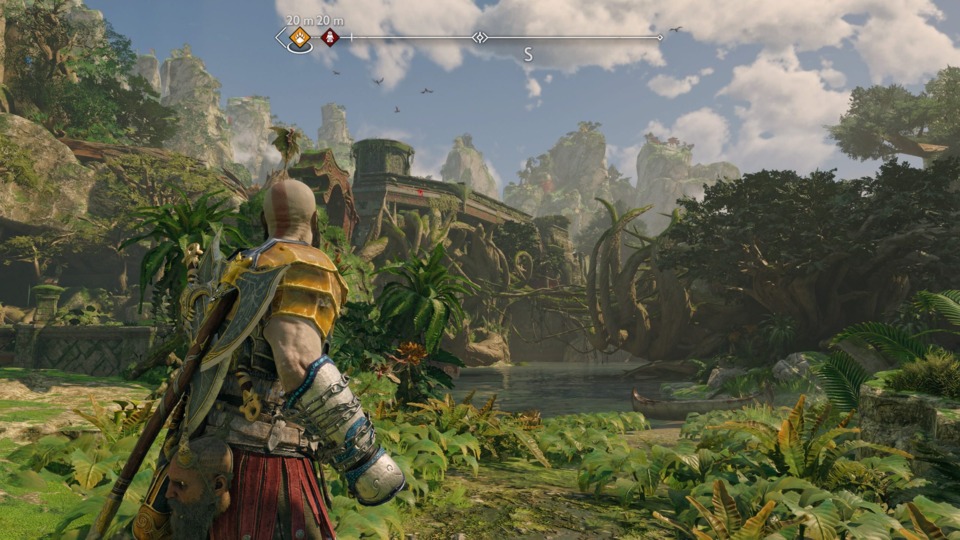
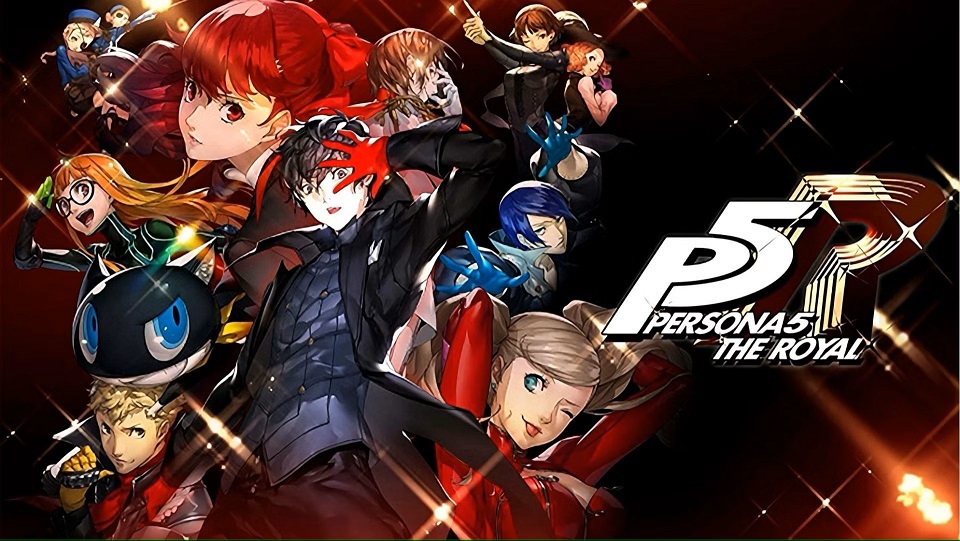
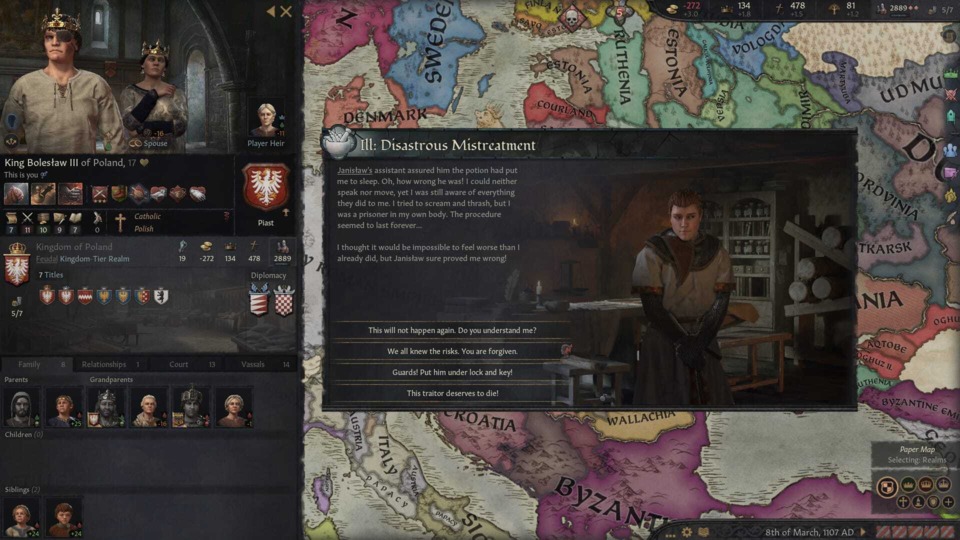
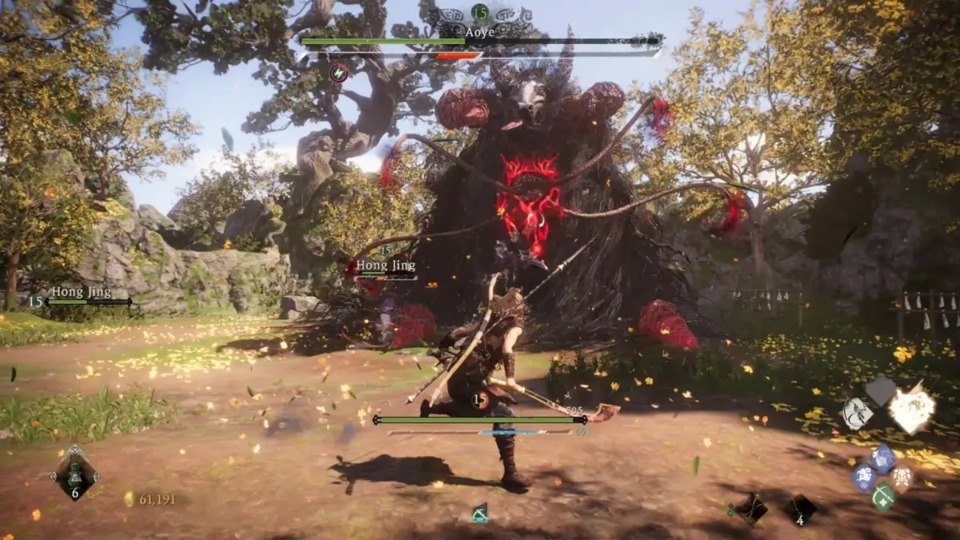
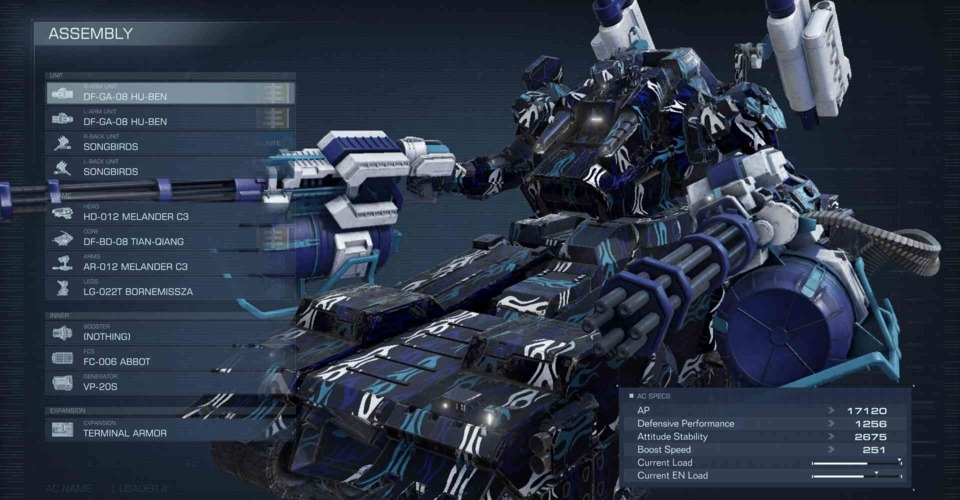
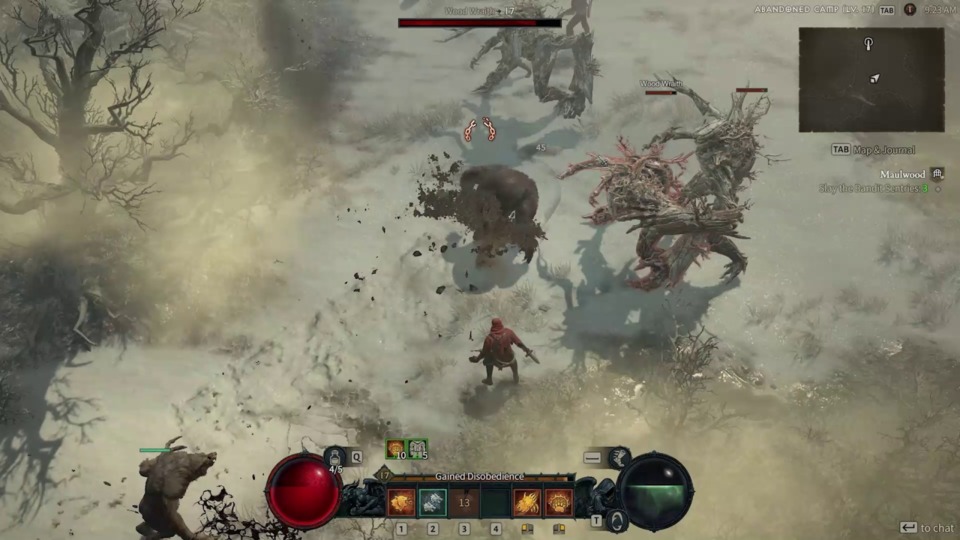
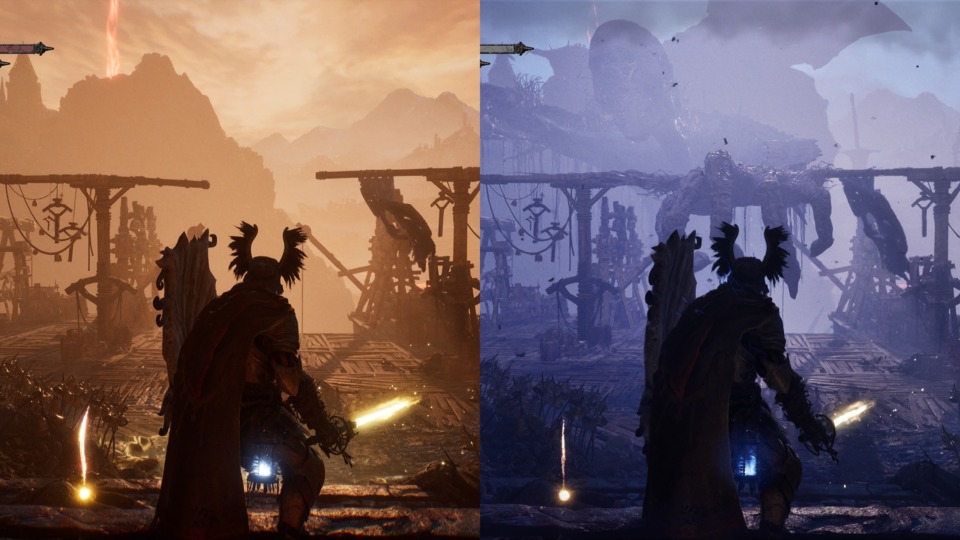
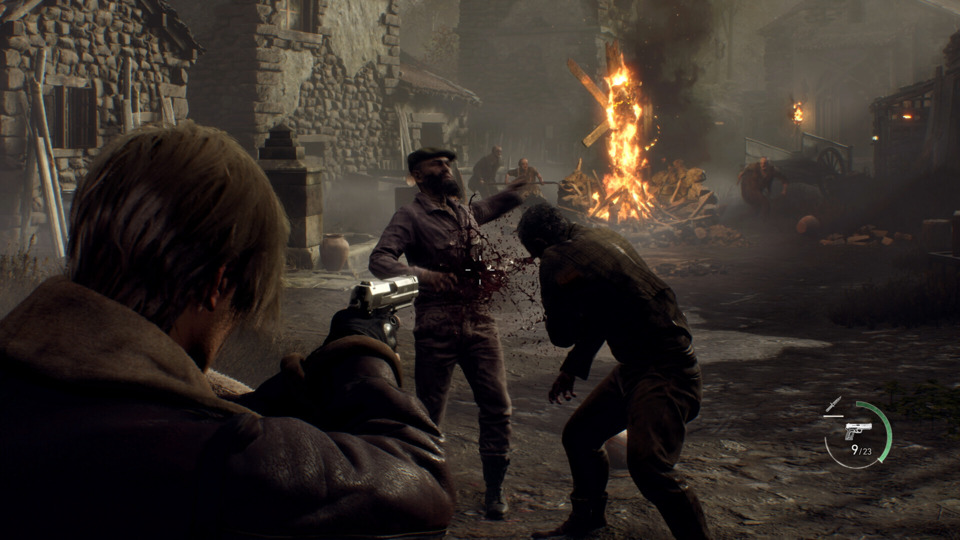
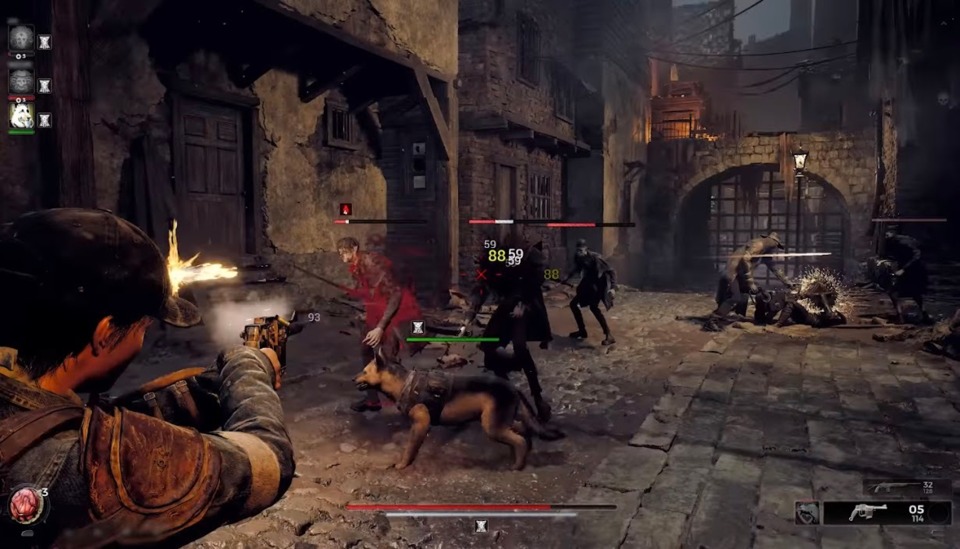
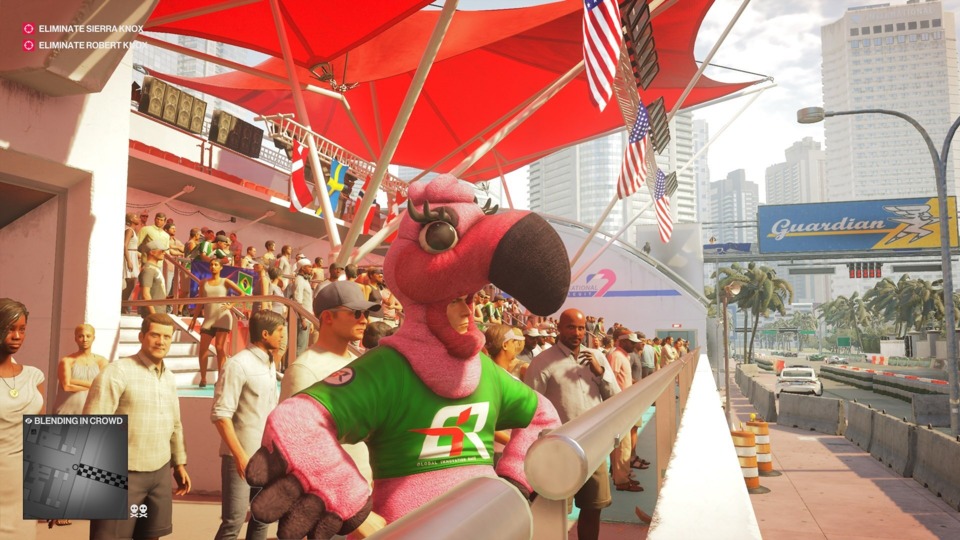
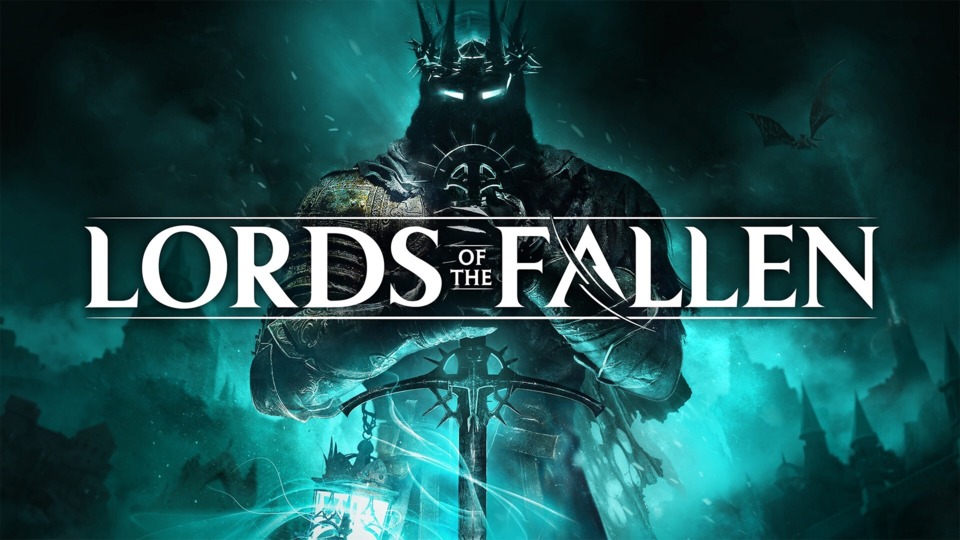
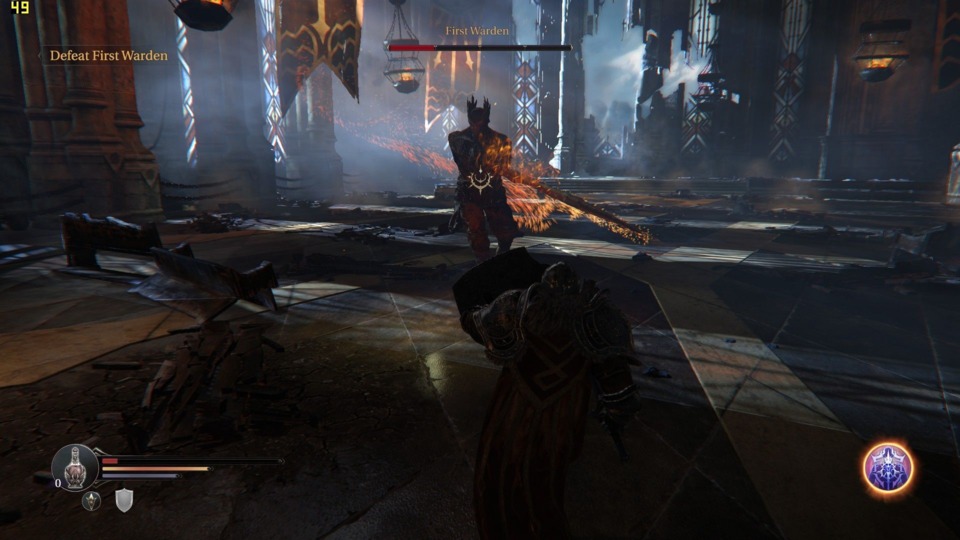
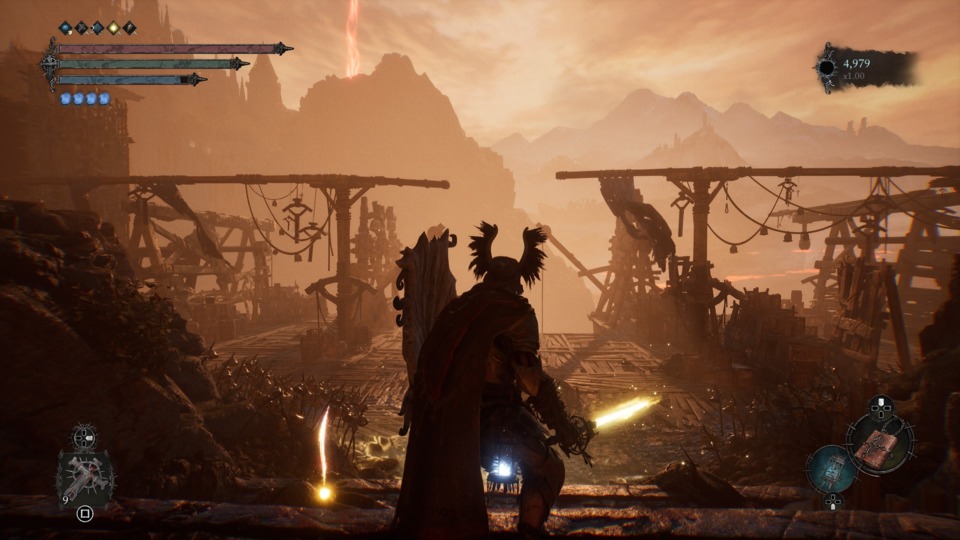
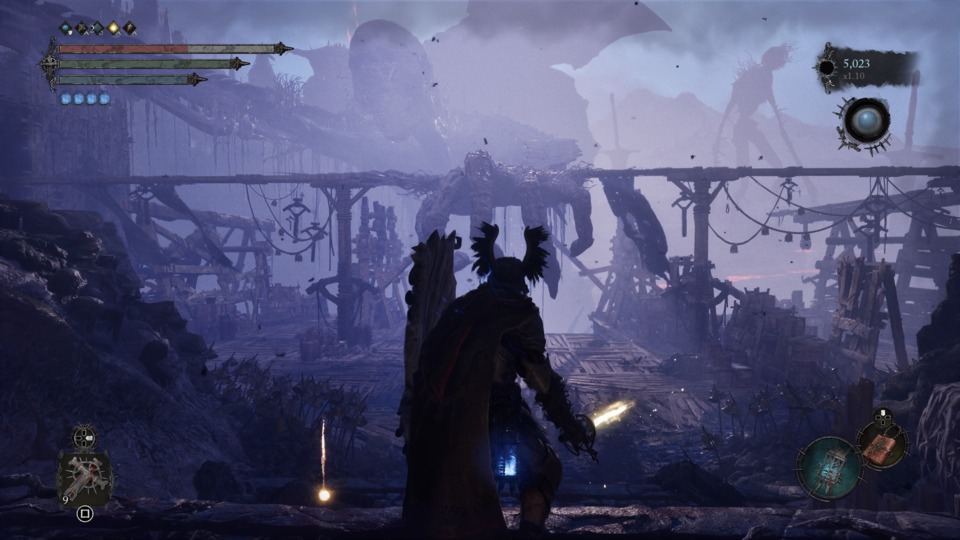
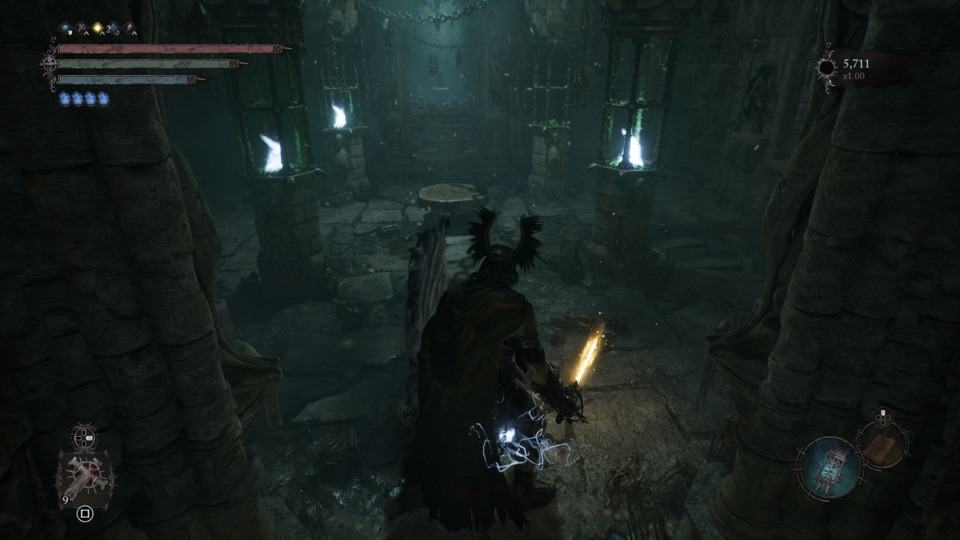
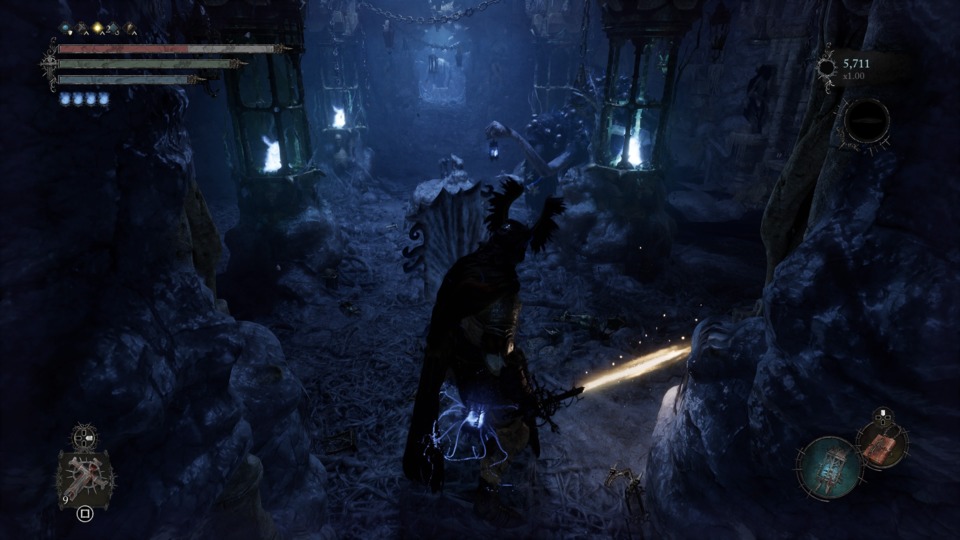
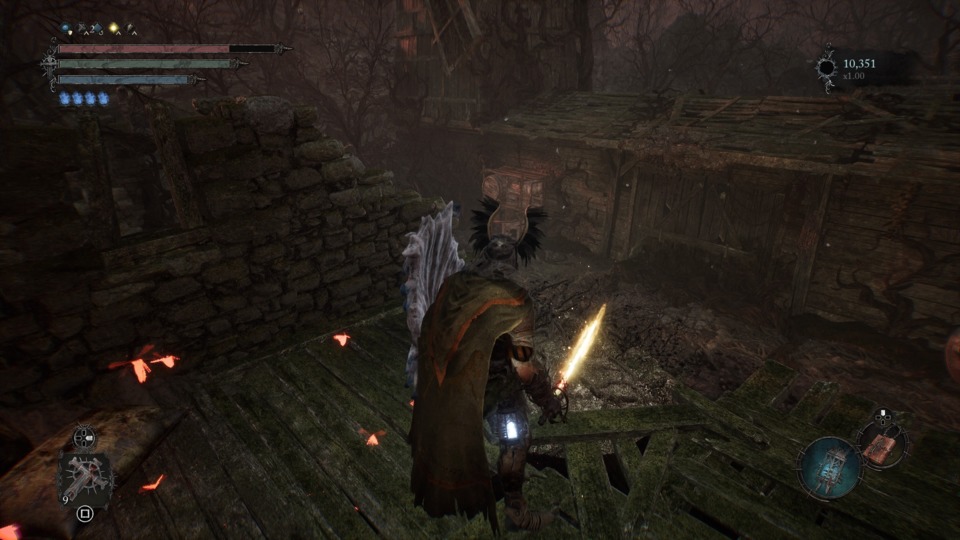
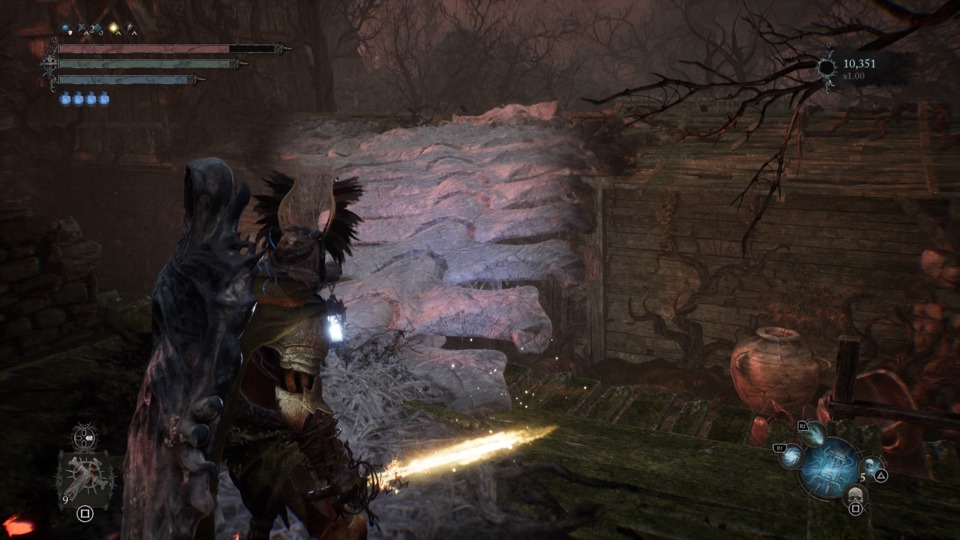
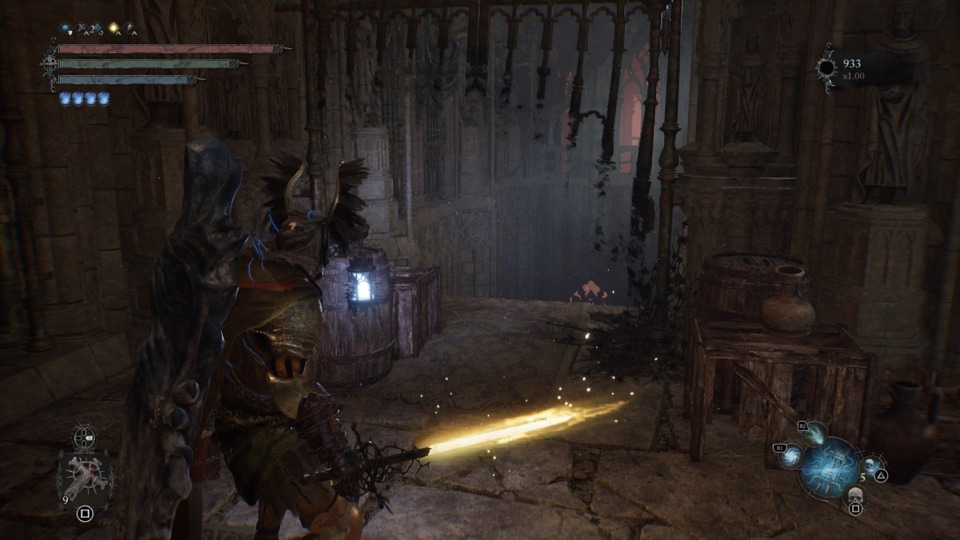
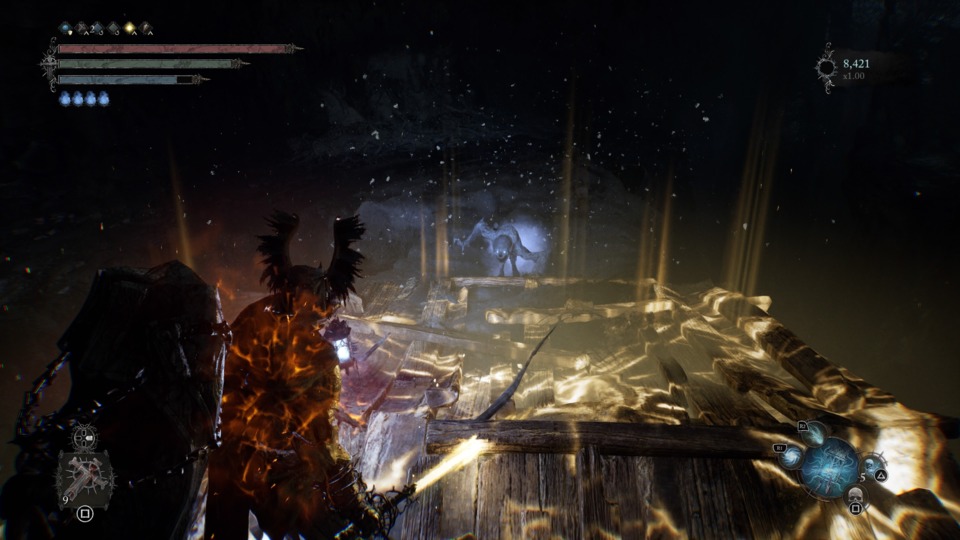
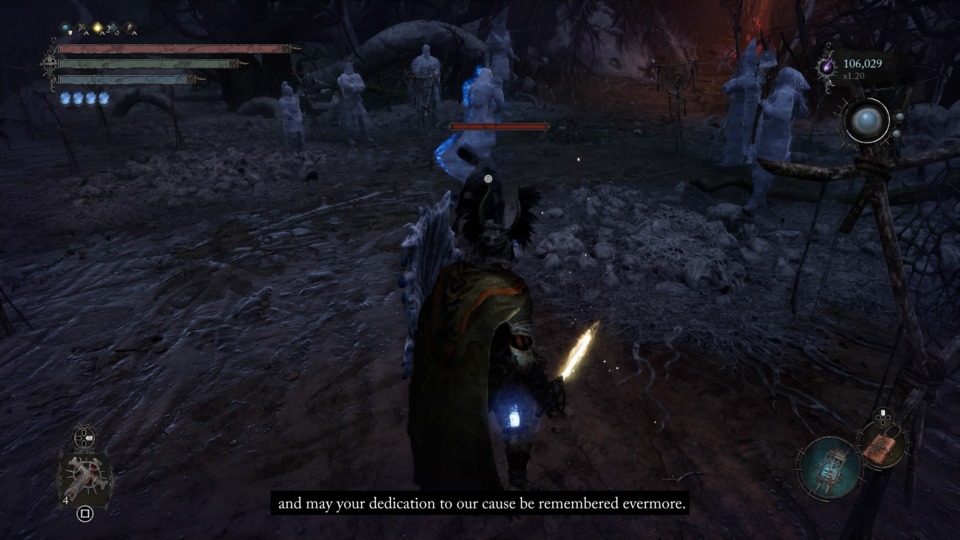
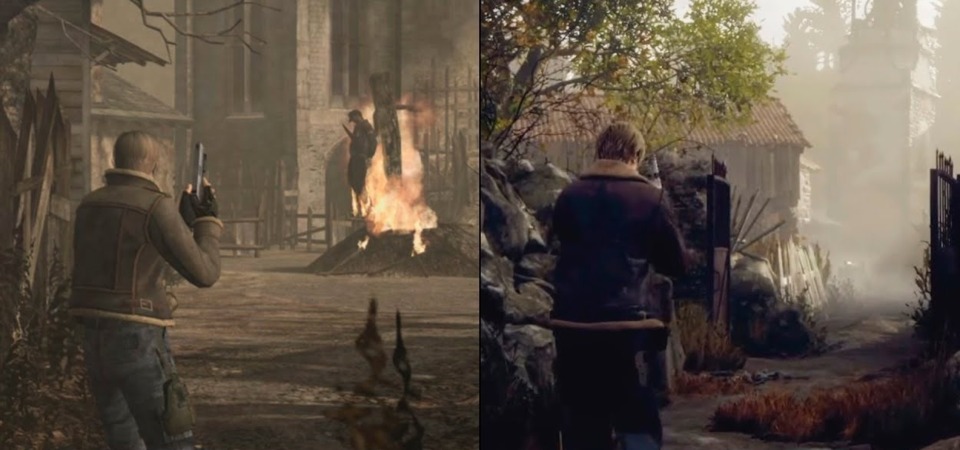

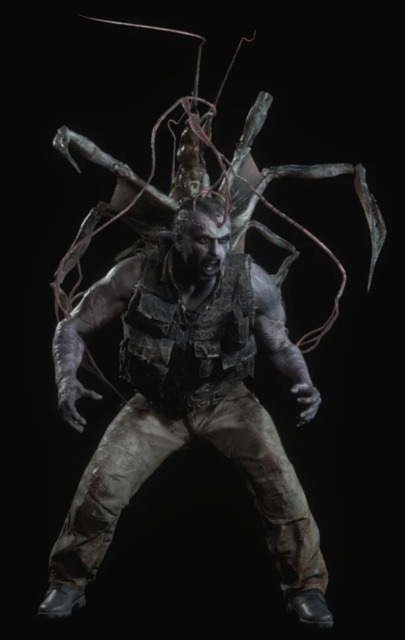

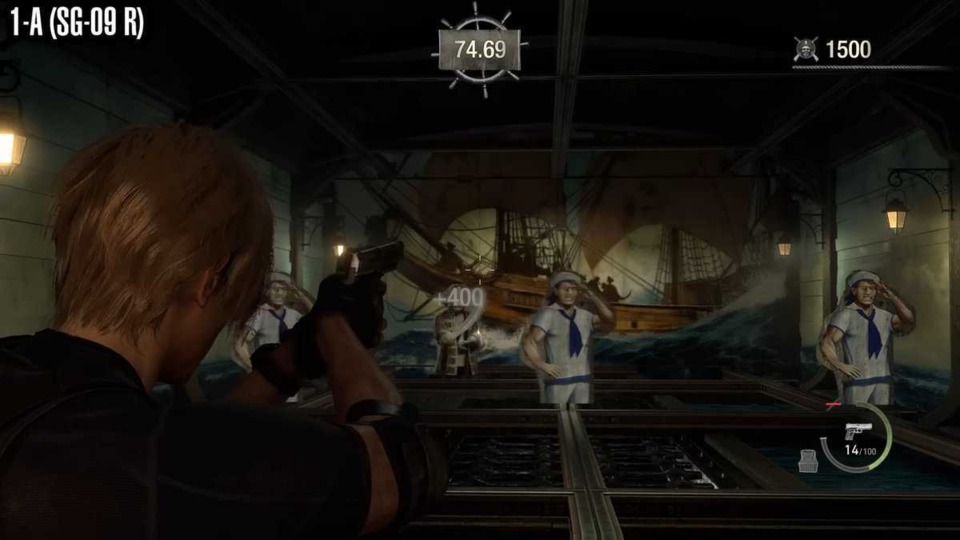
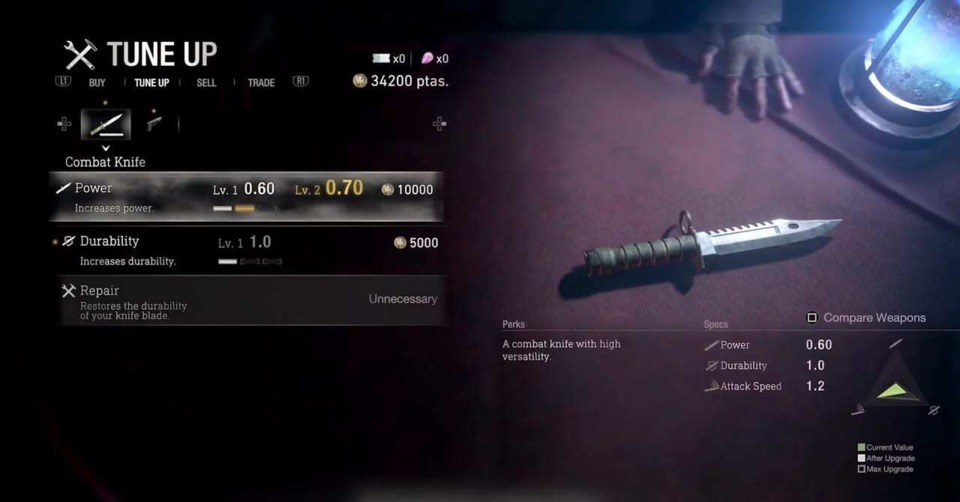
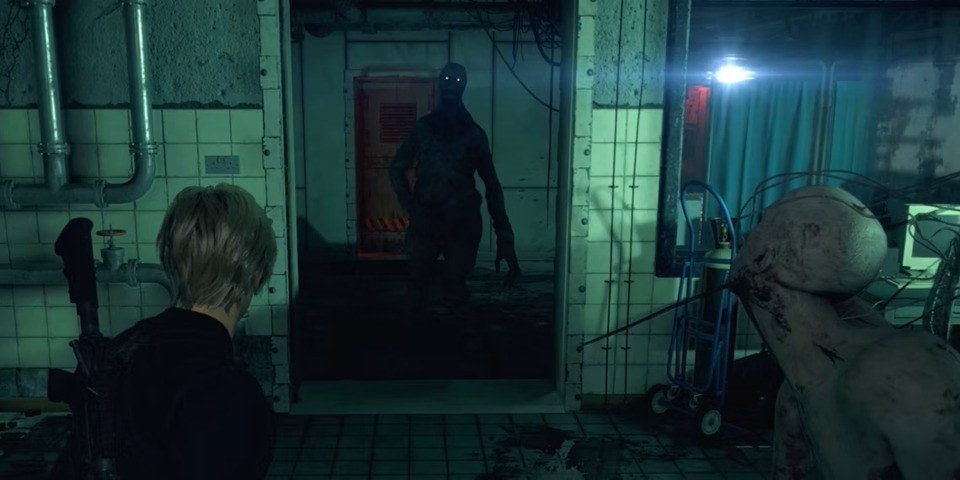
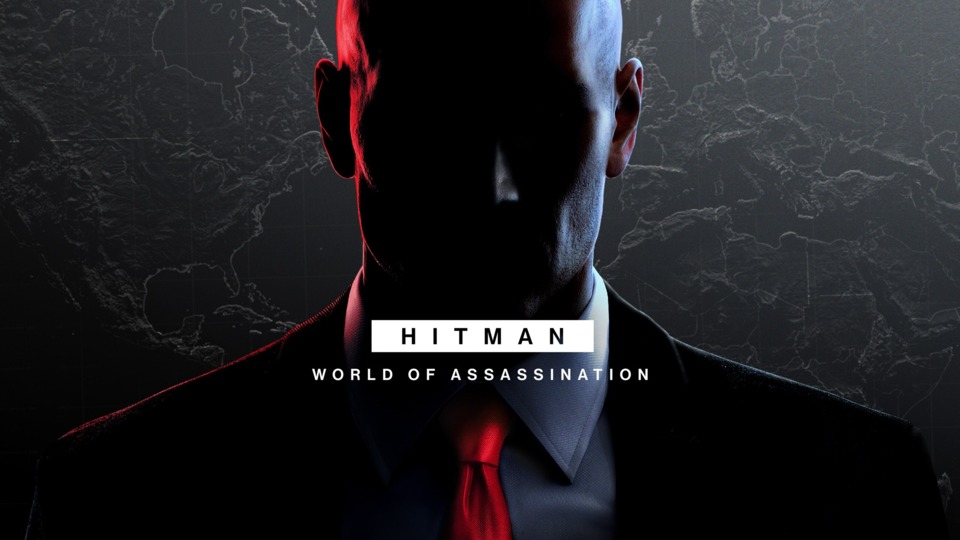
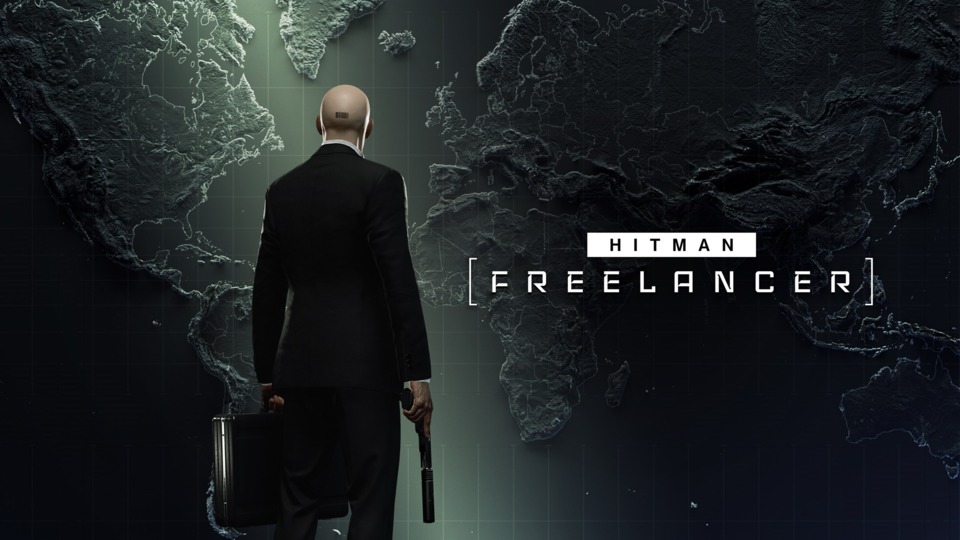
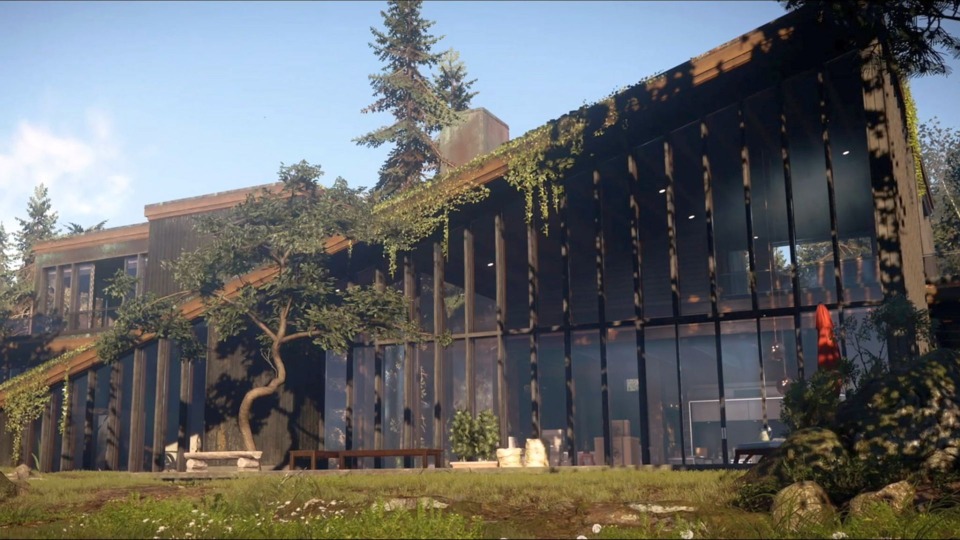
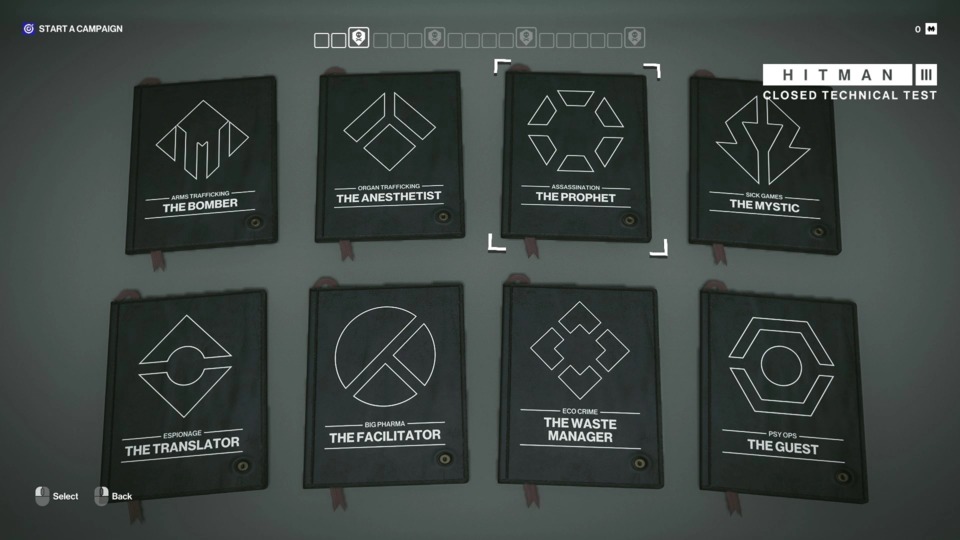
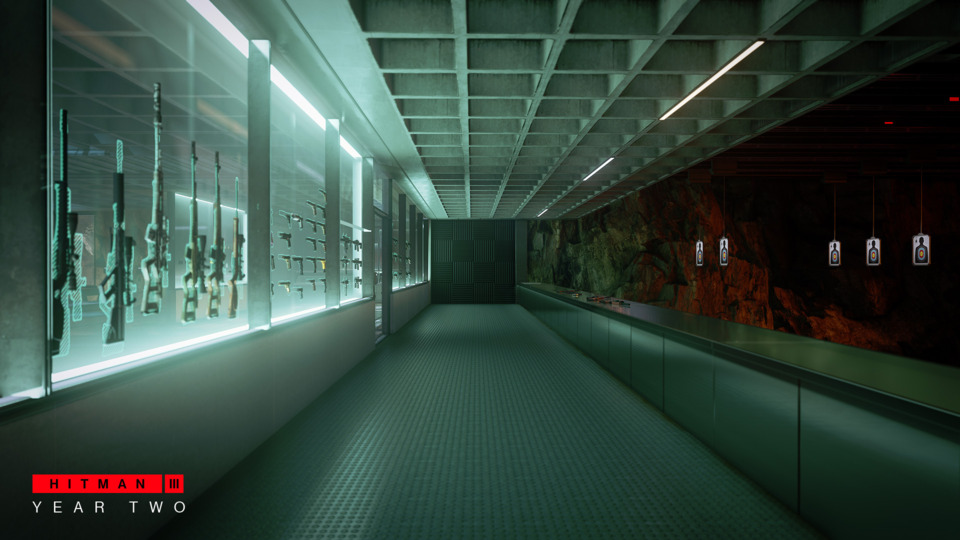
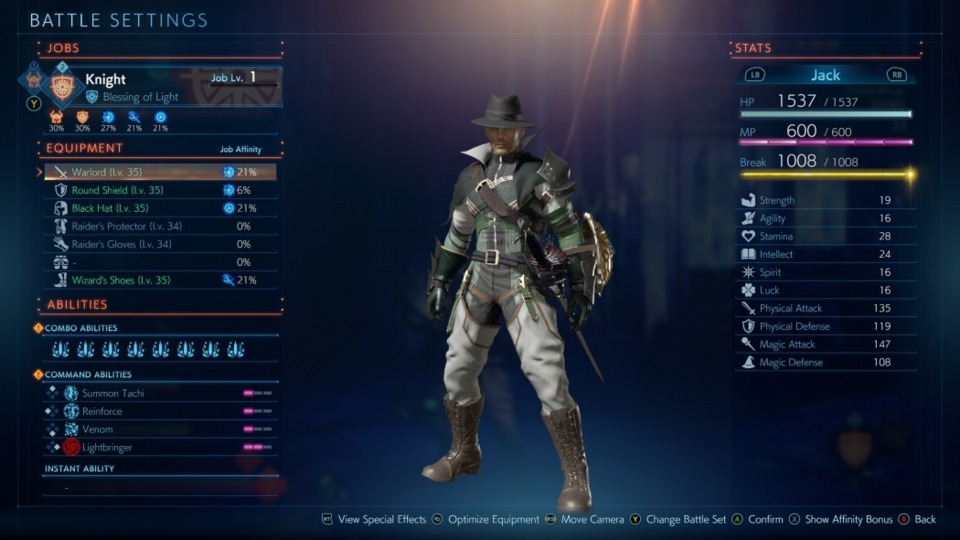
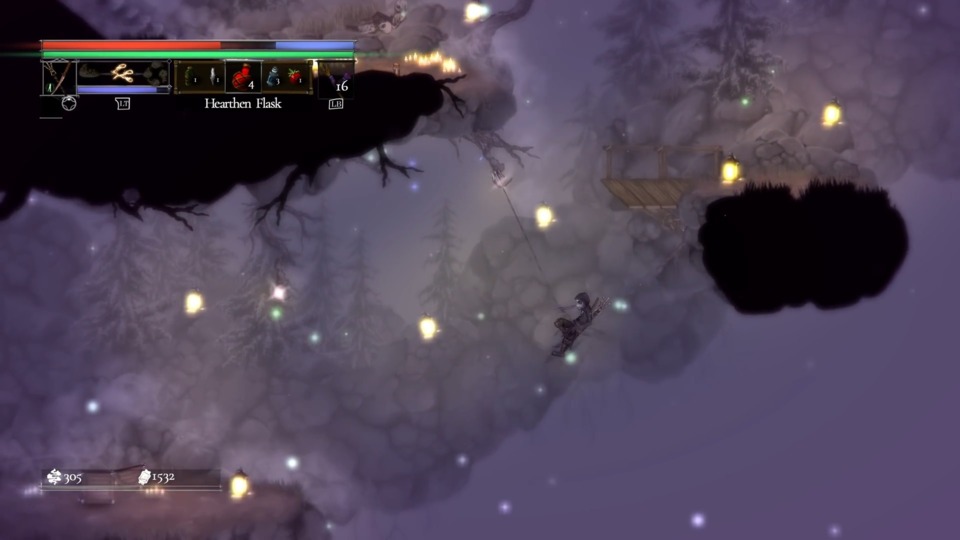
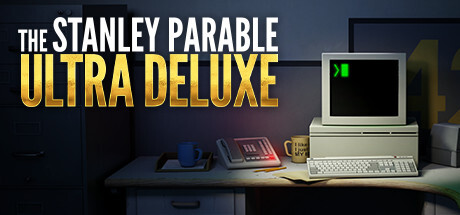
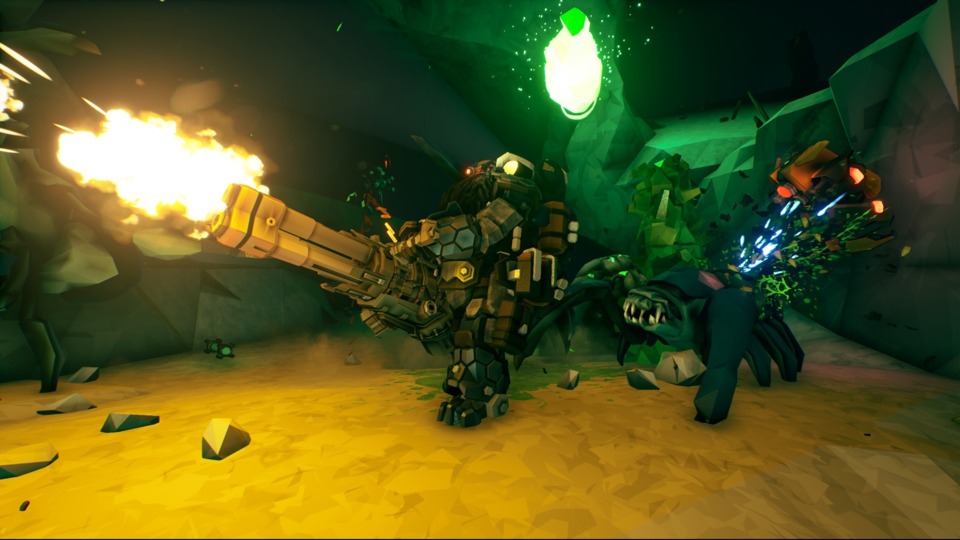
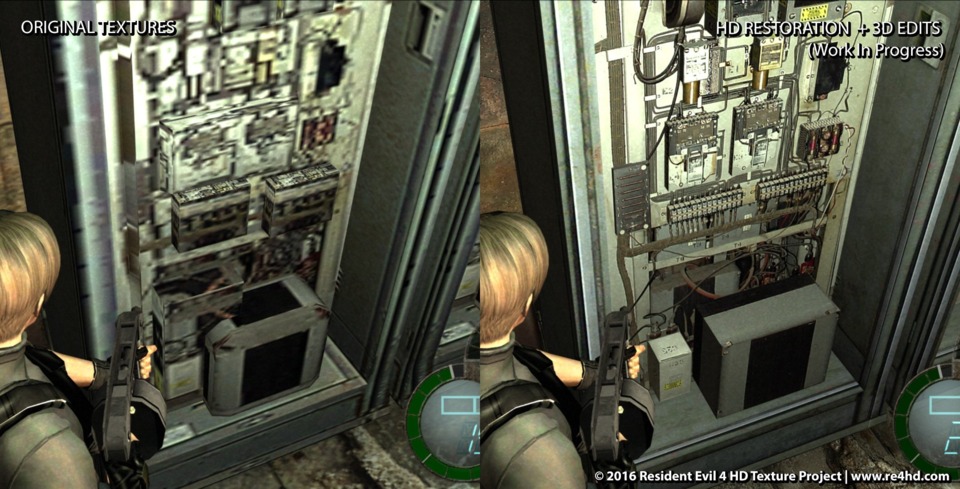
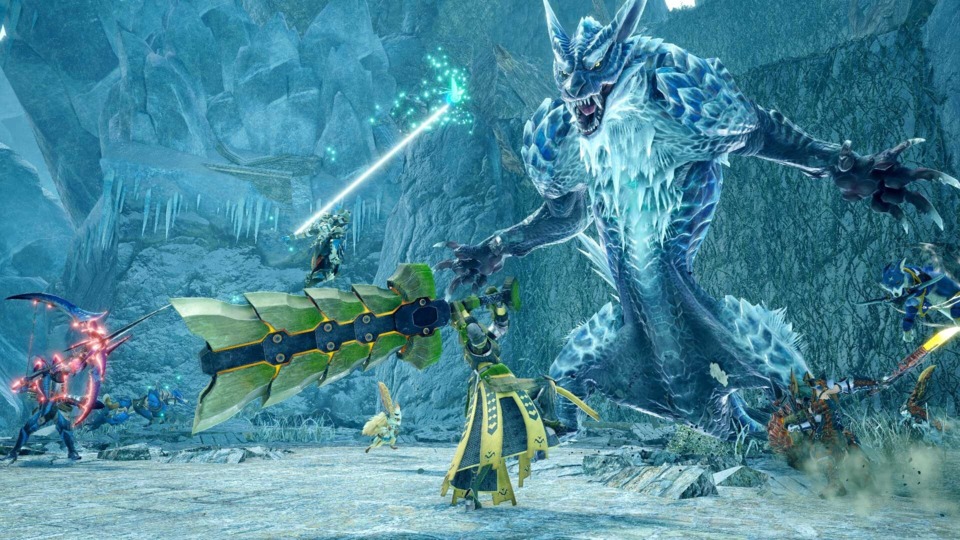
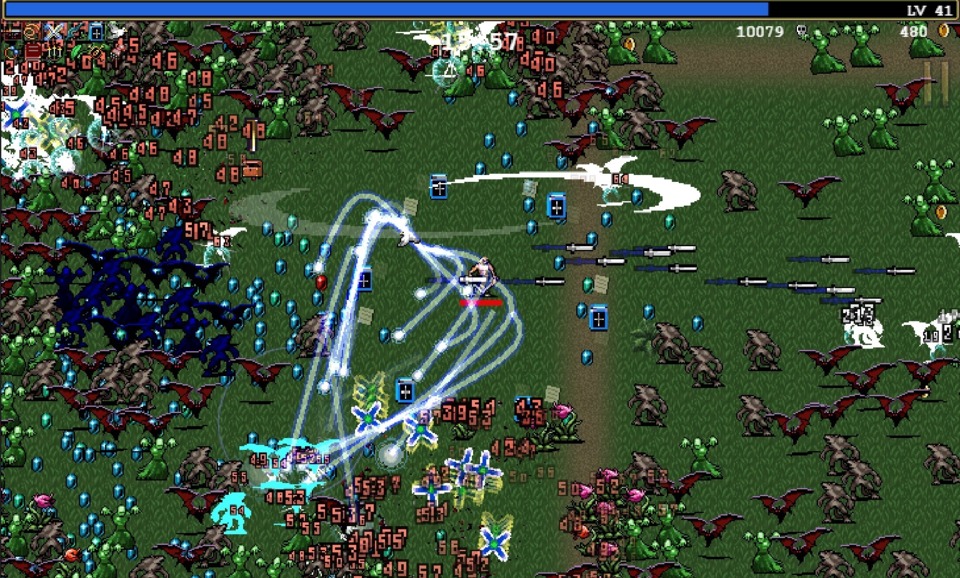
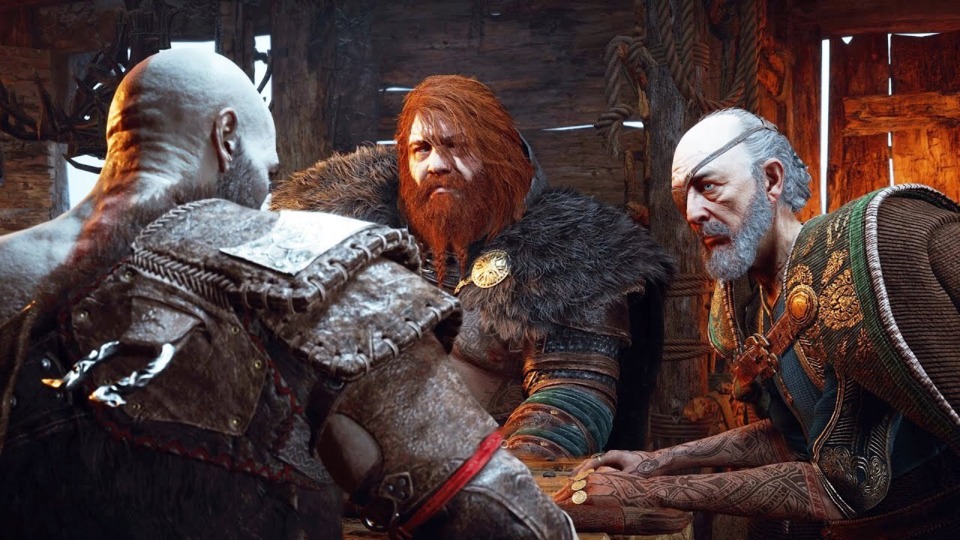
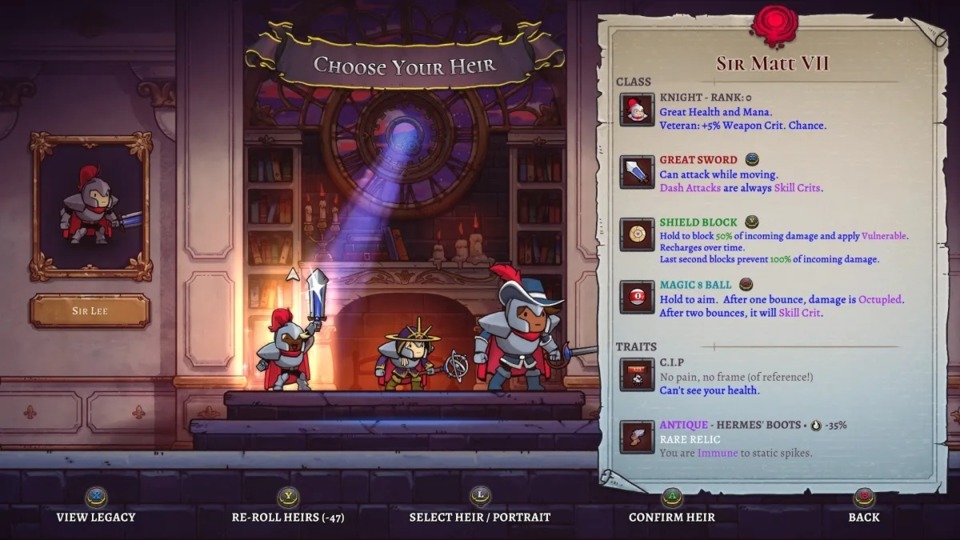

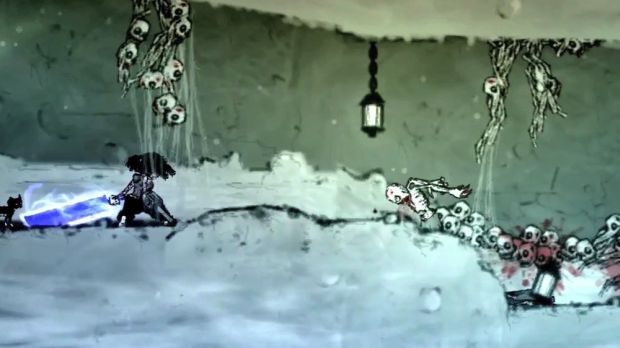
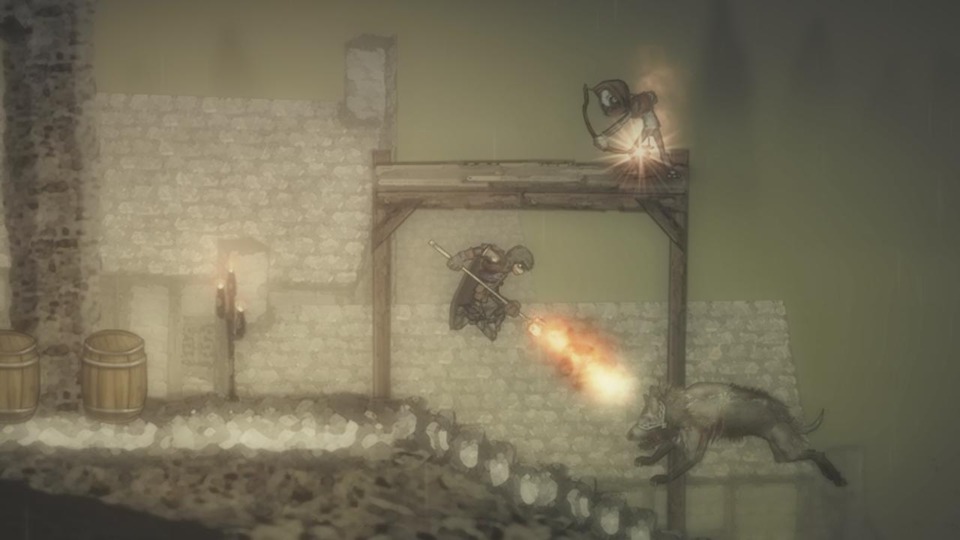
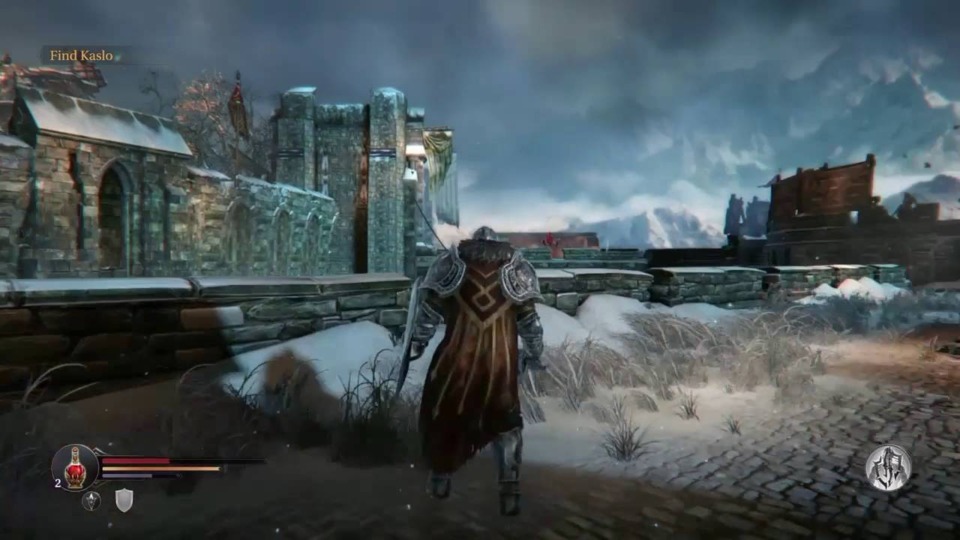
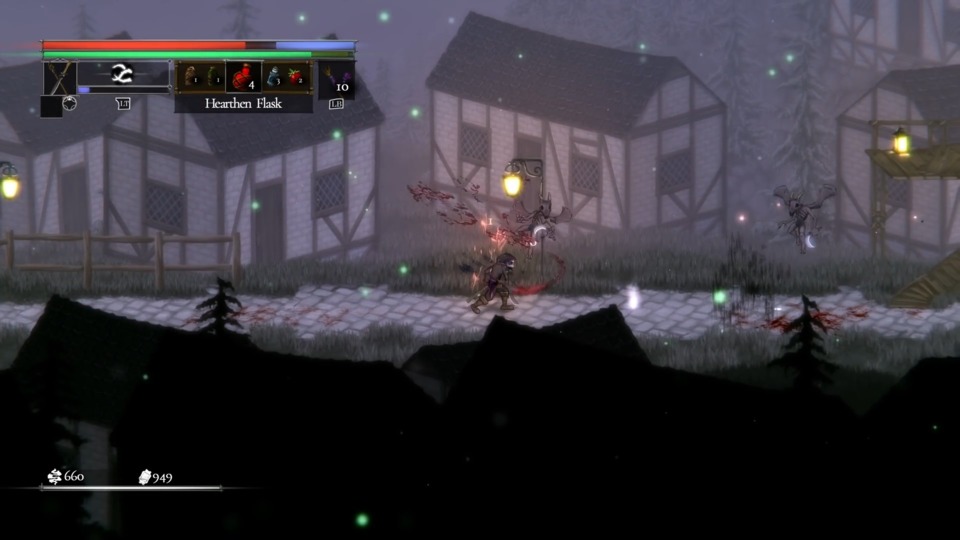

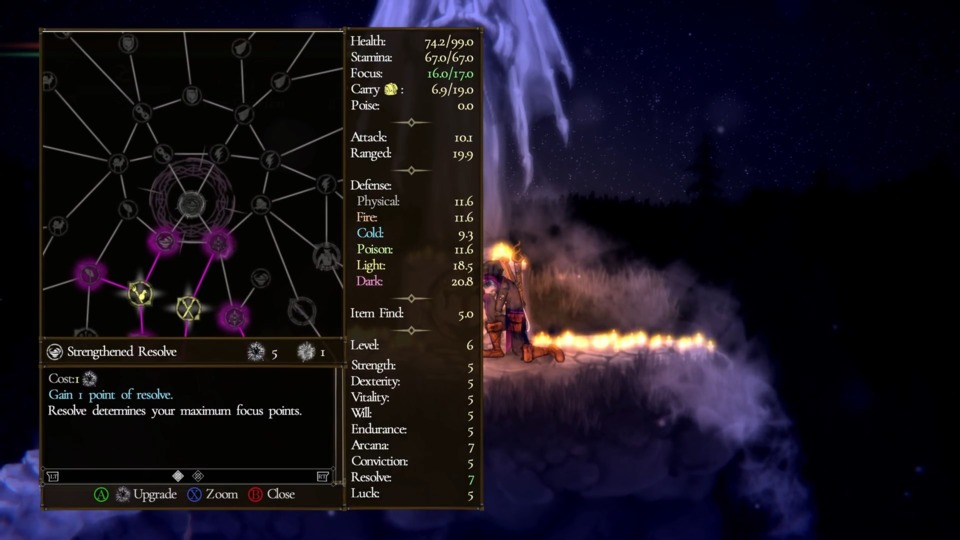
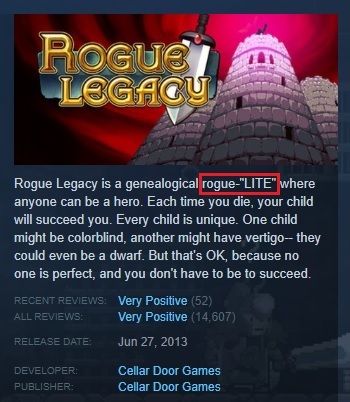
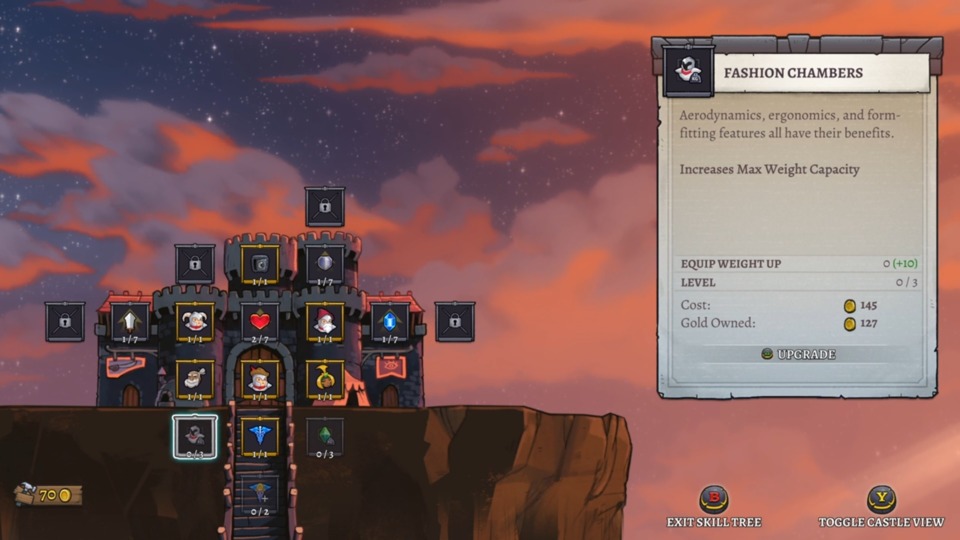
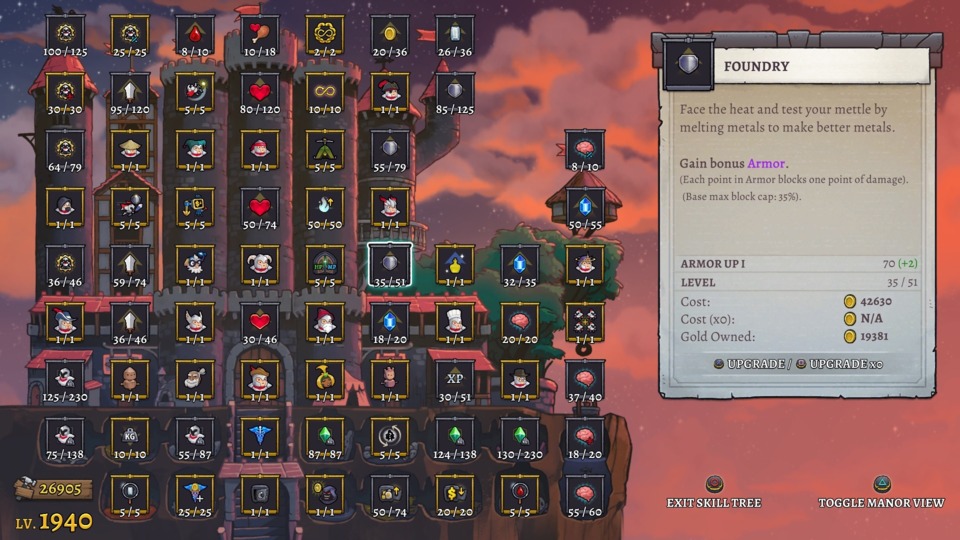
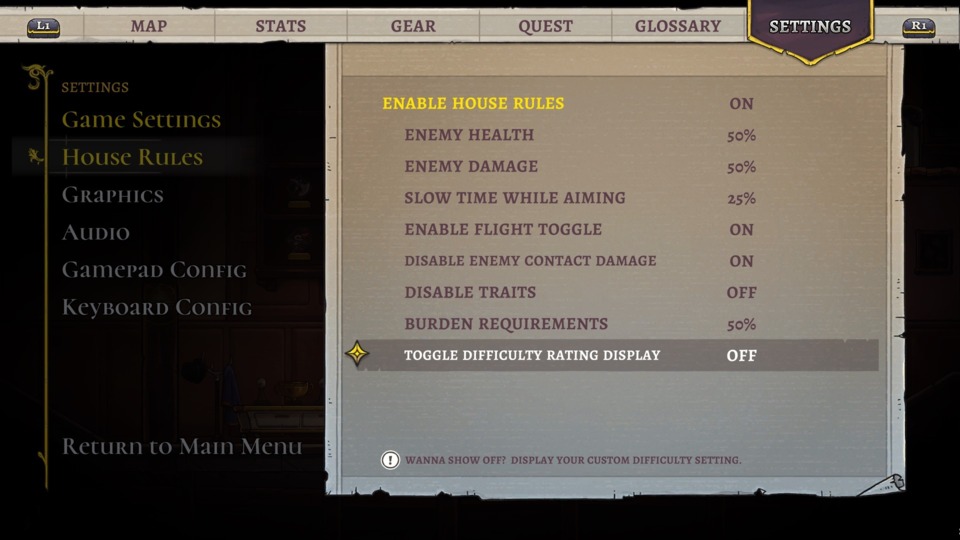
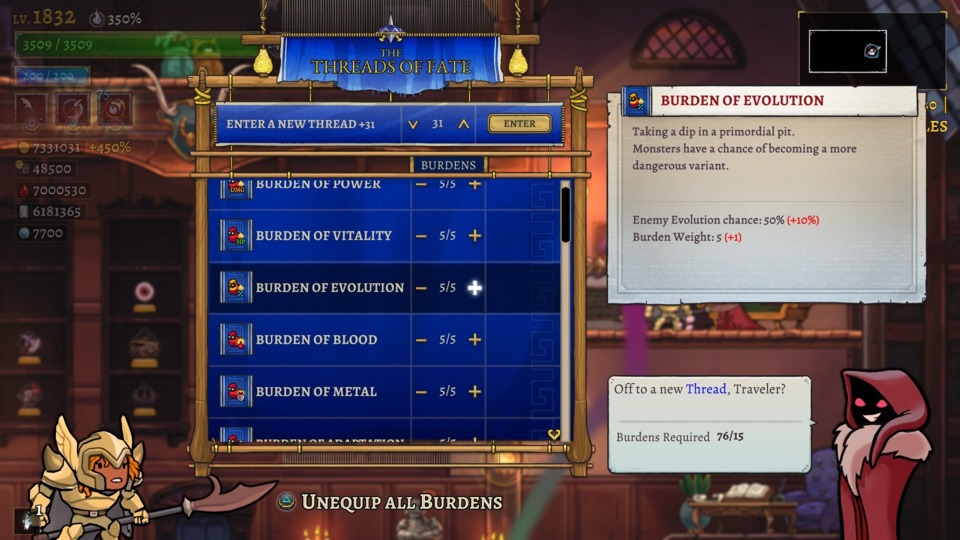
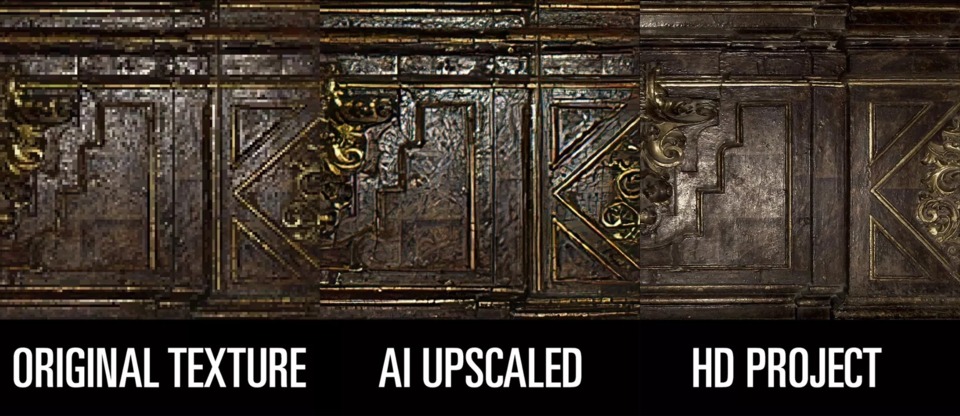
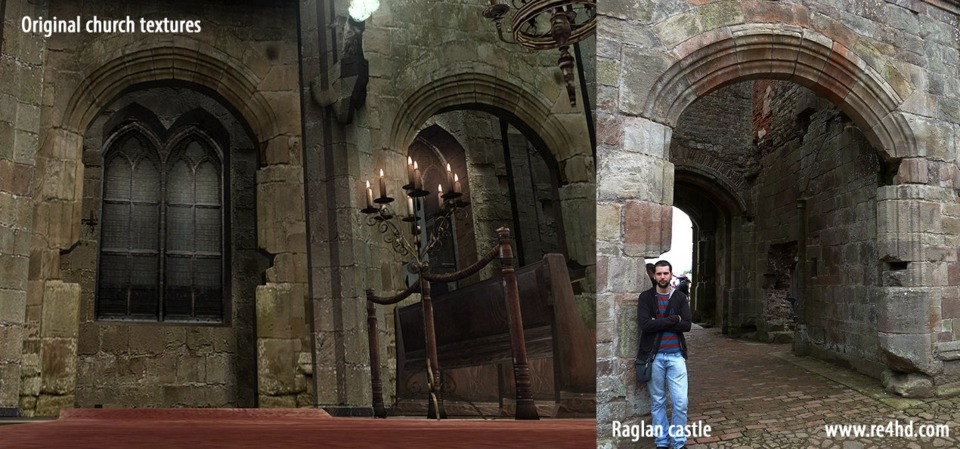
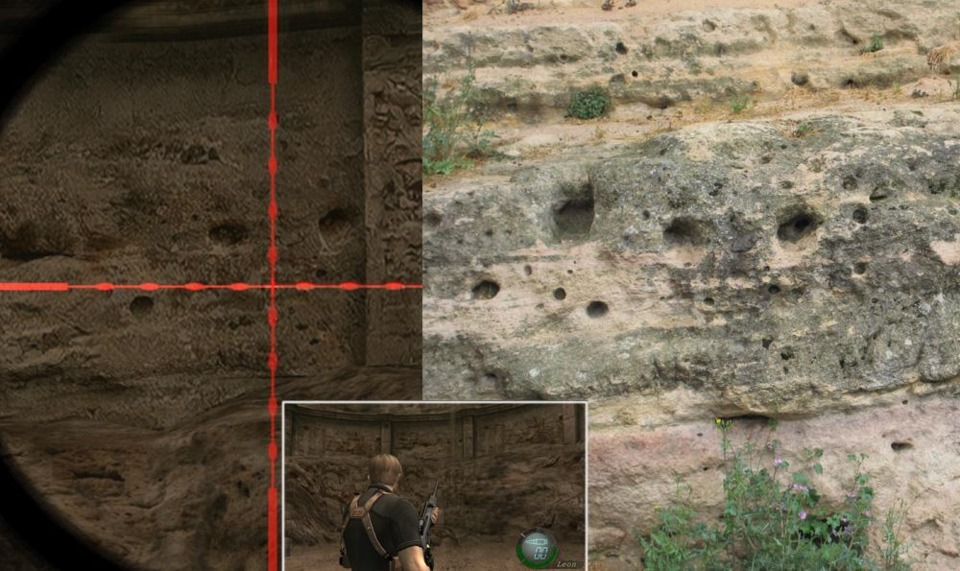
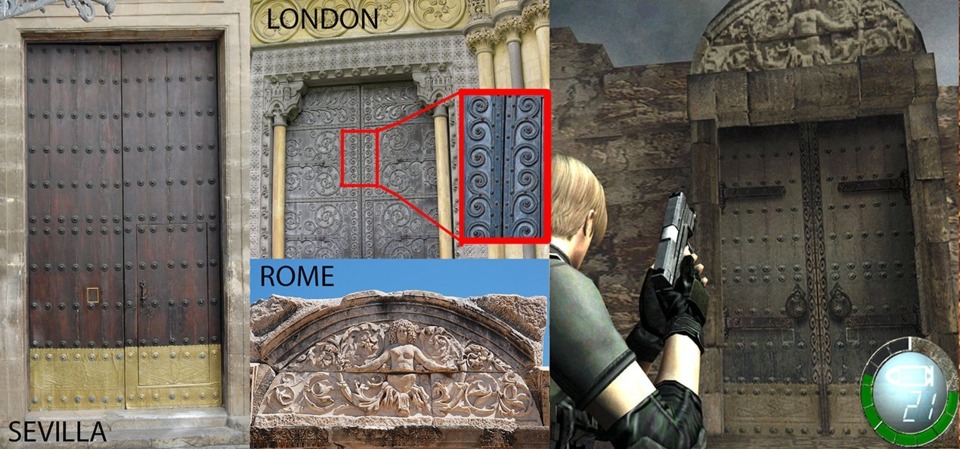
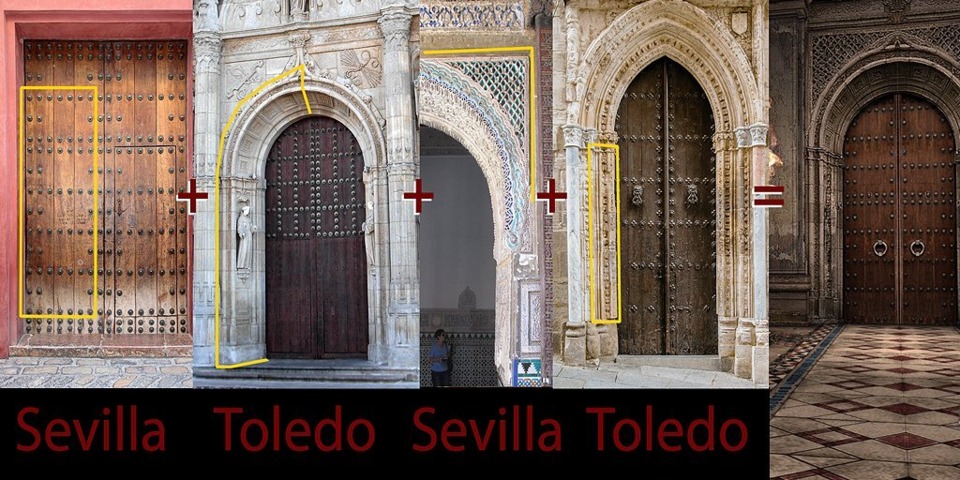
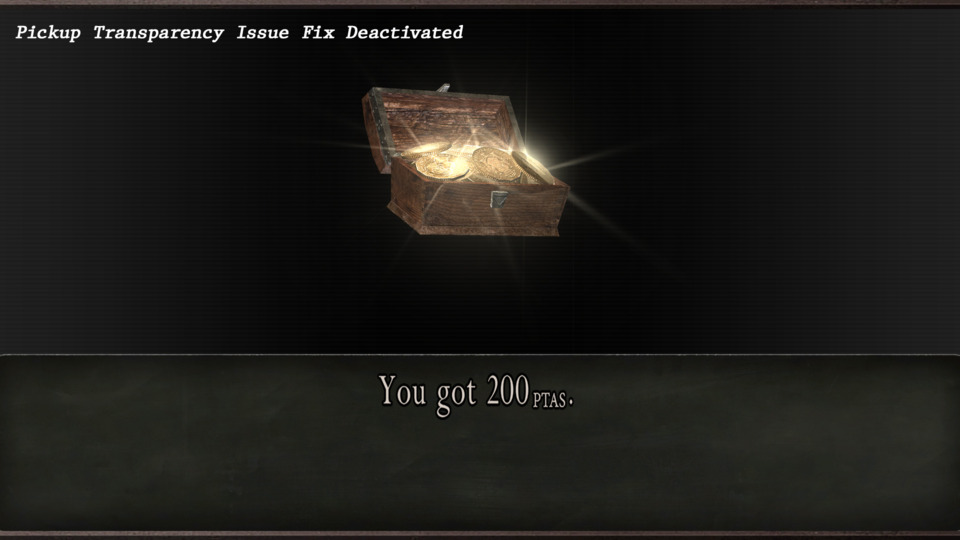
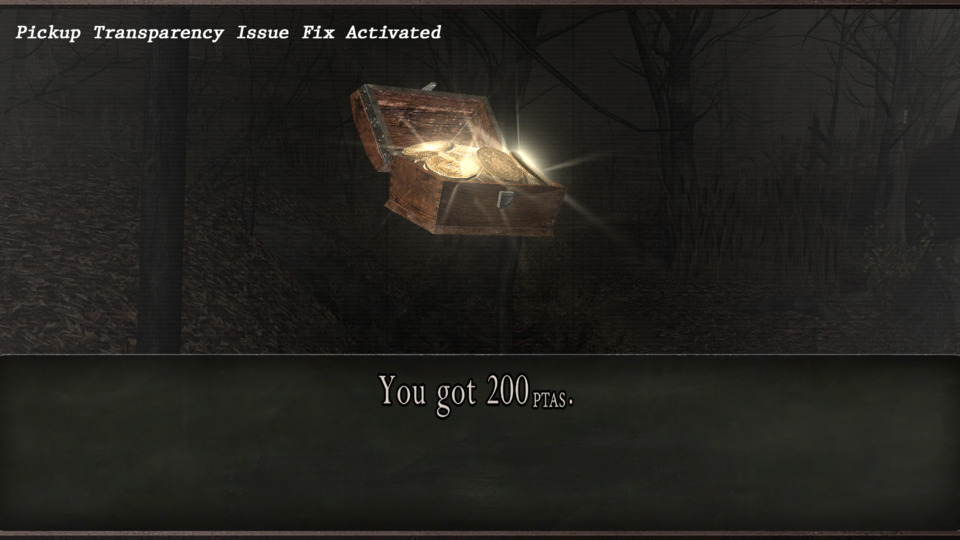
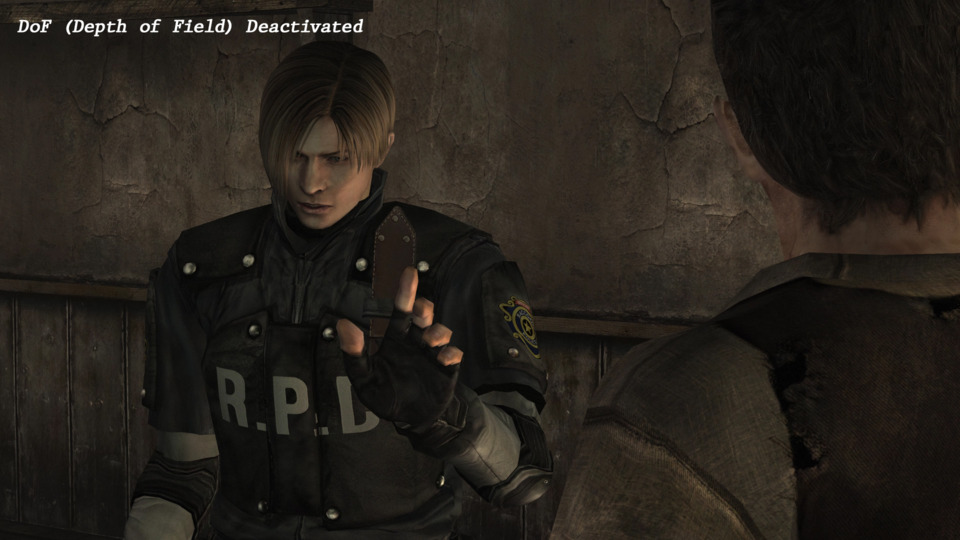
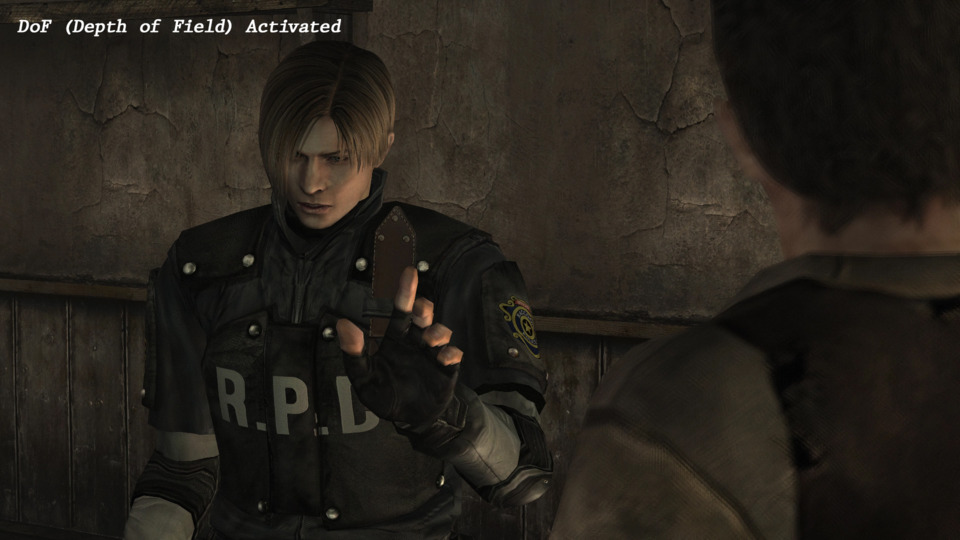
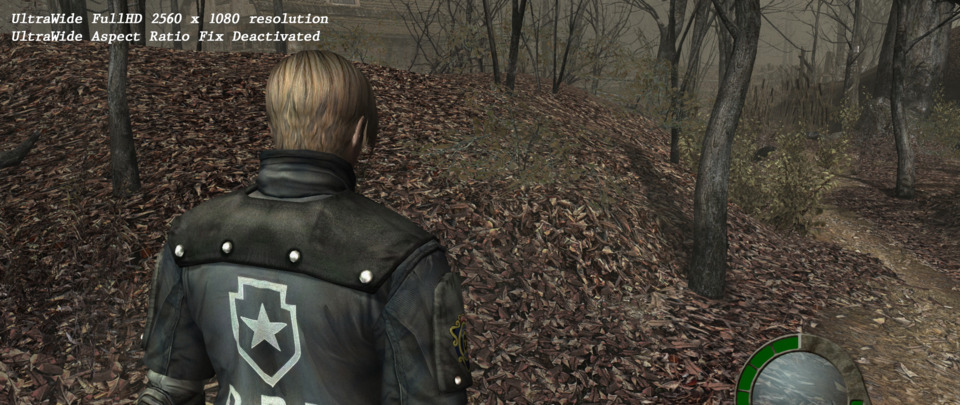
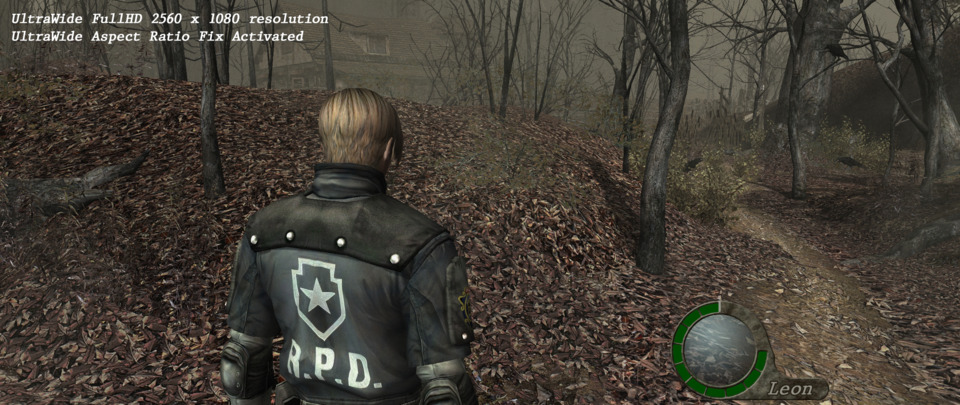
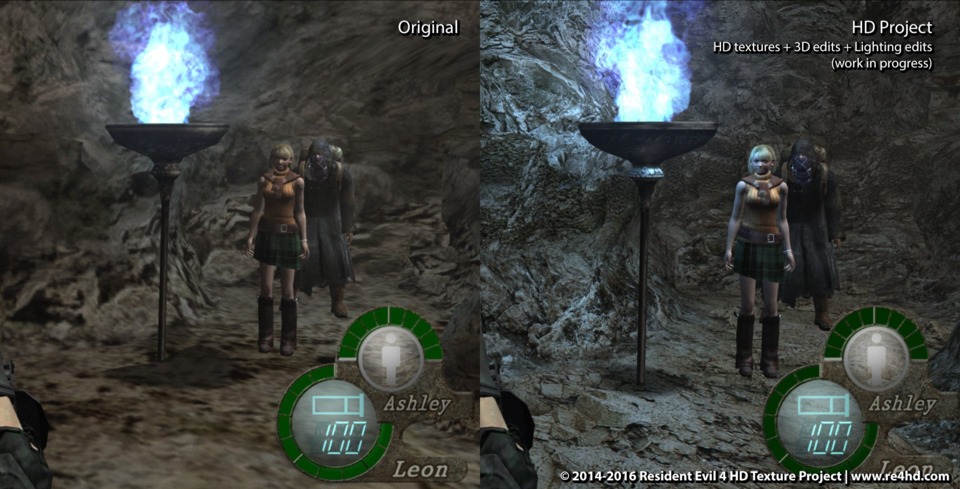
Log in to comment